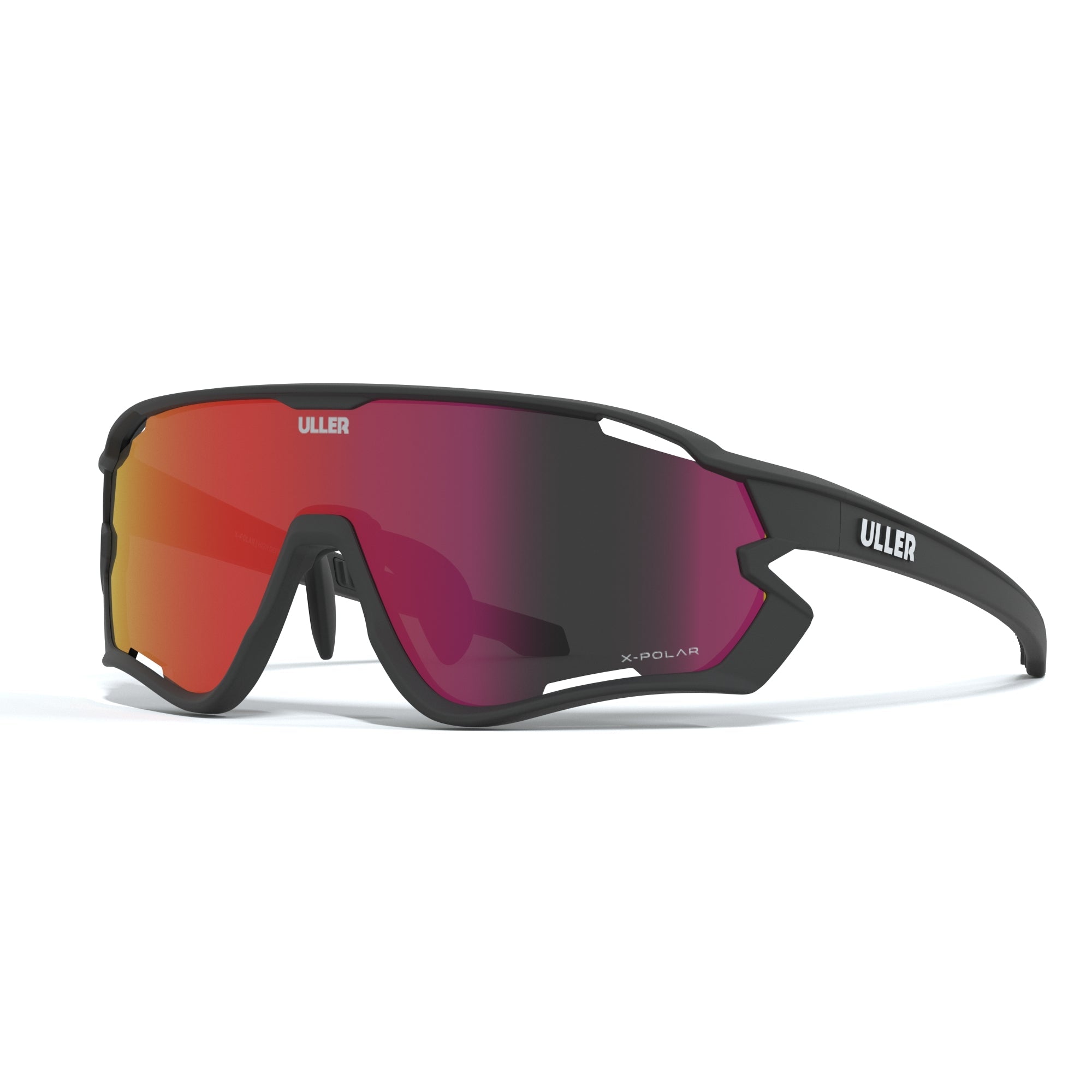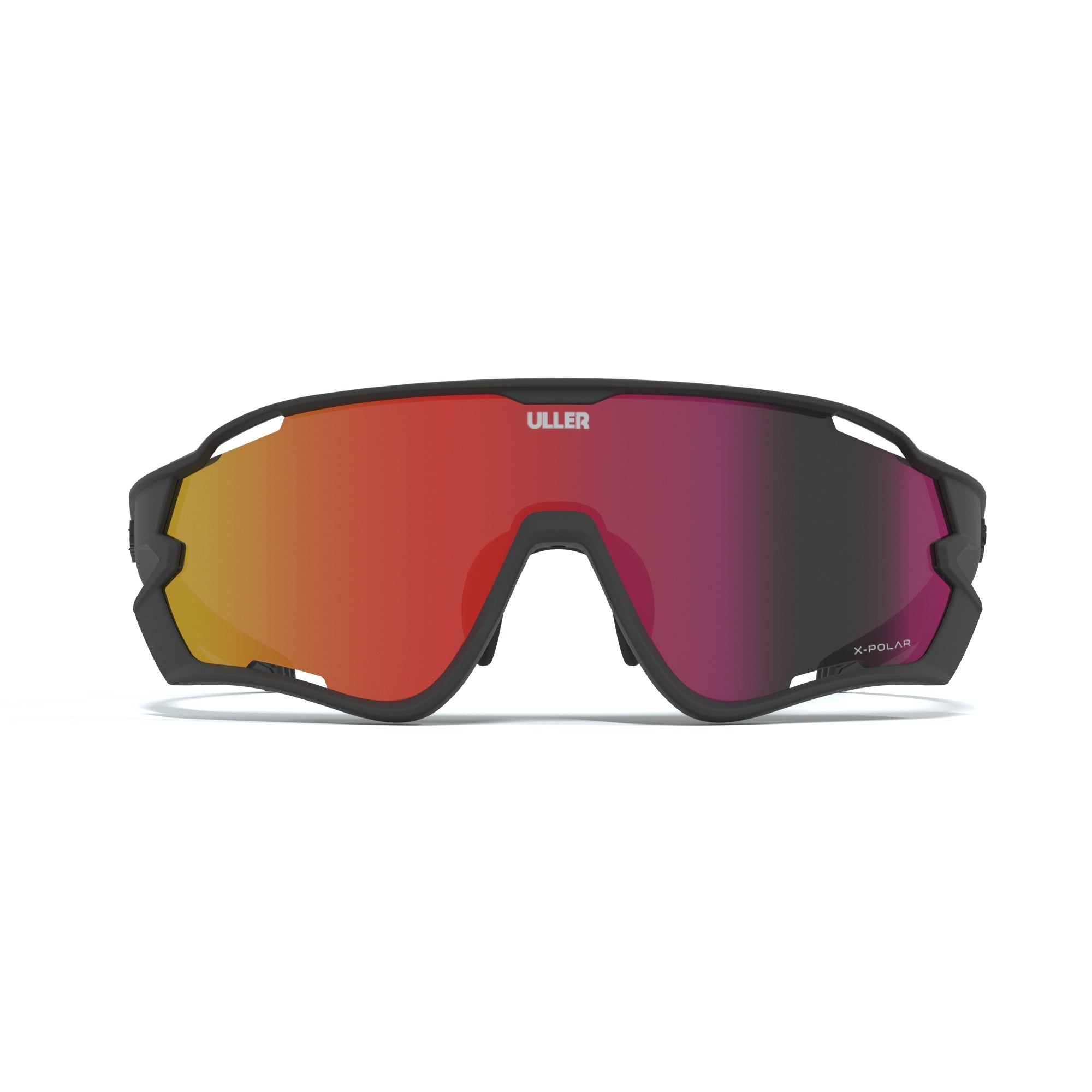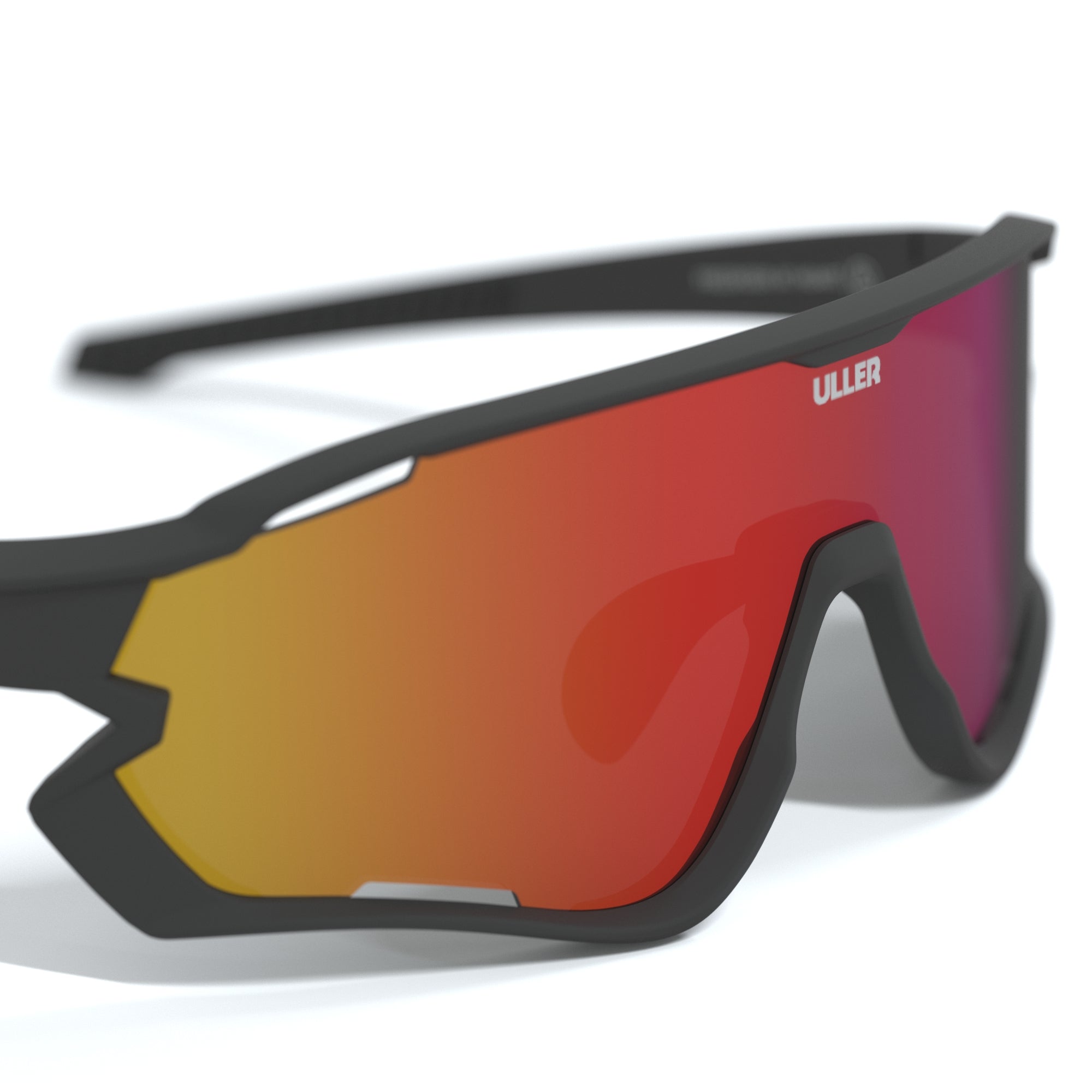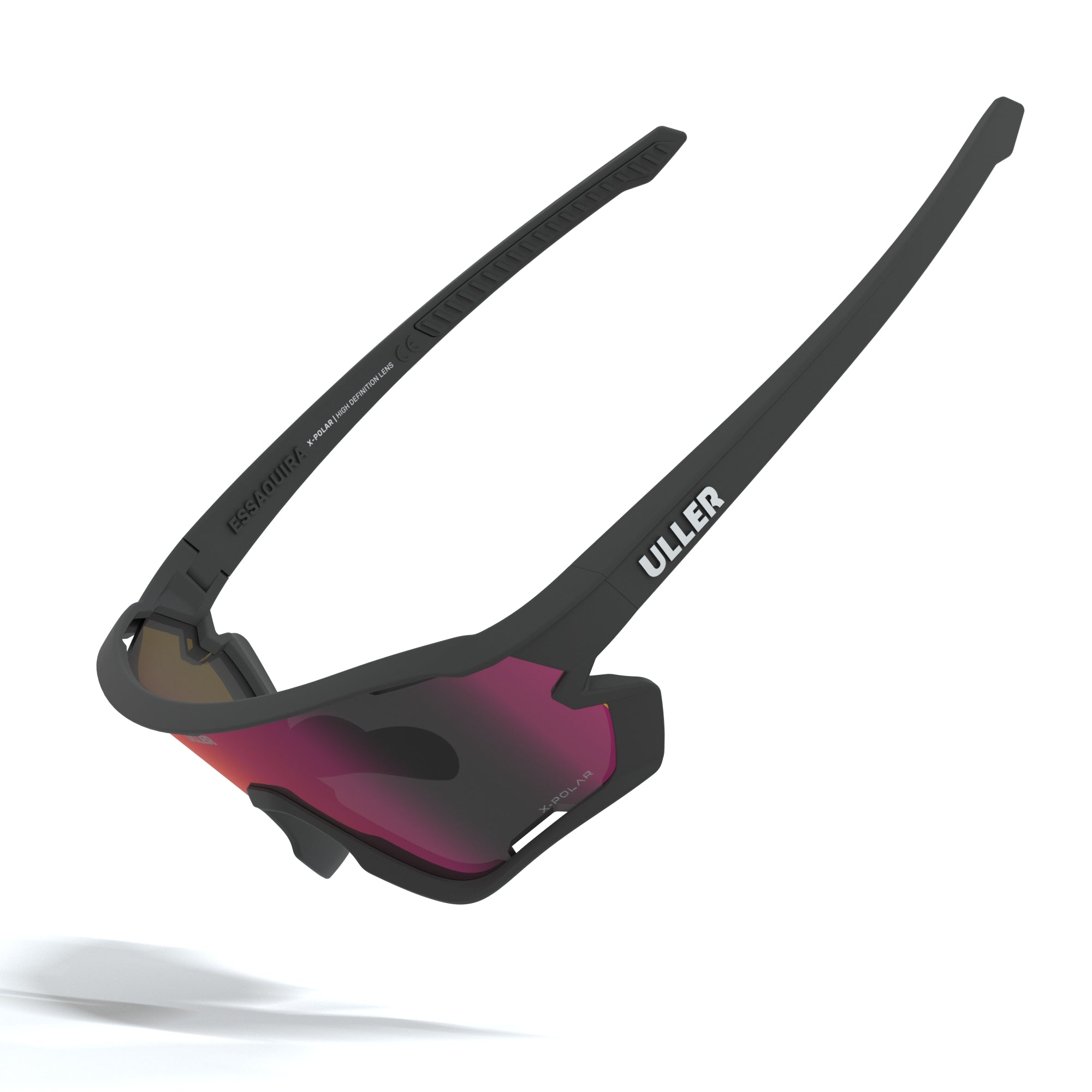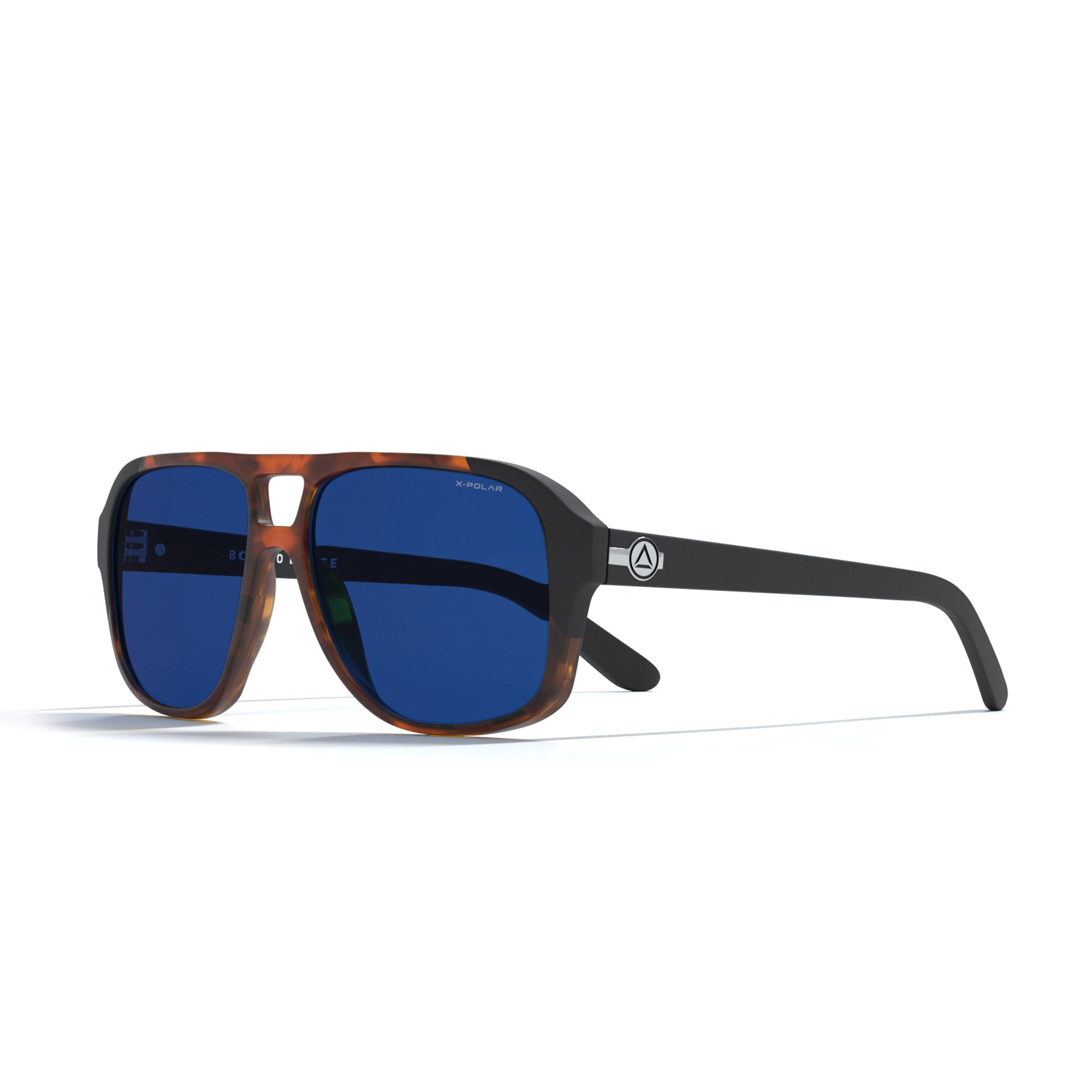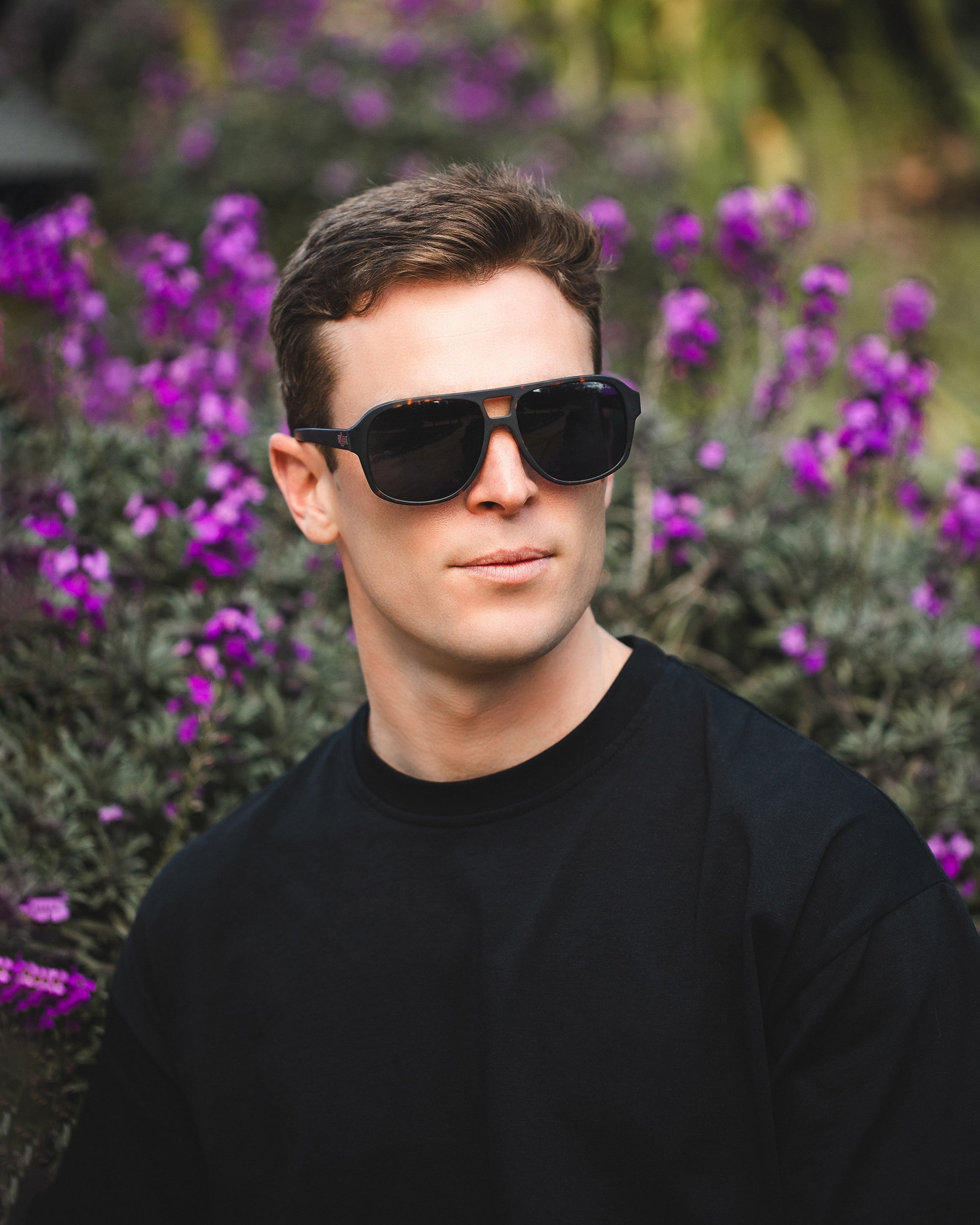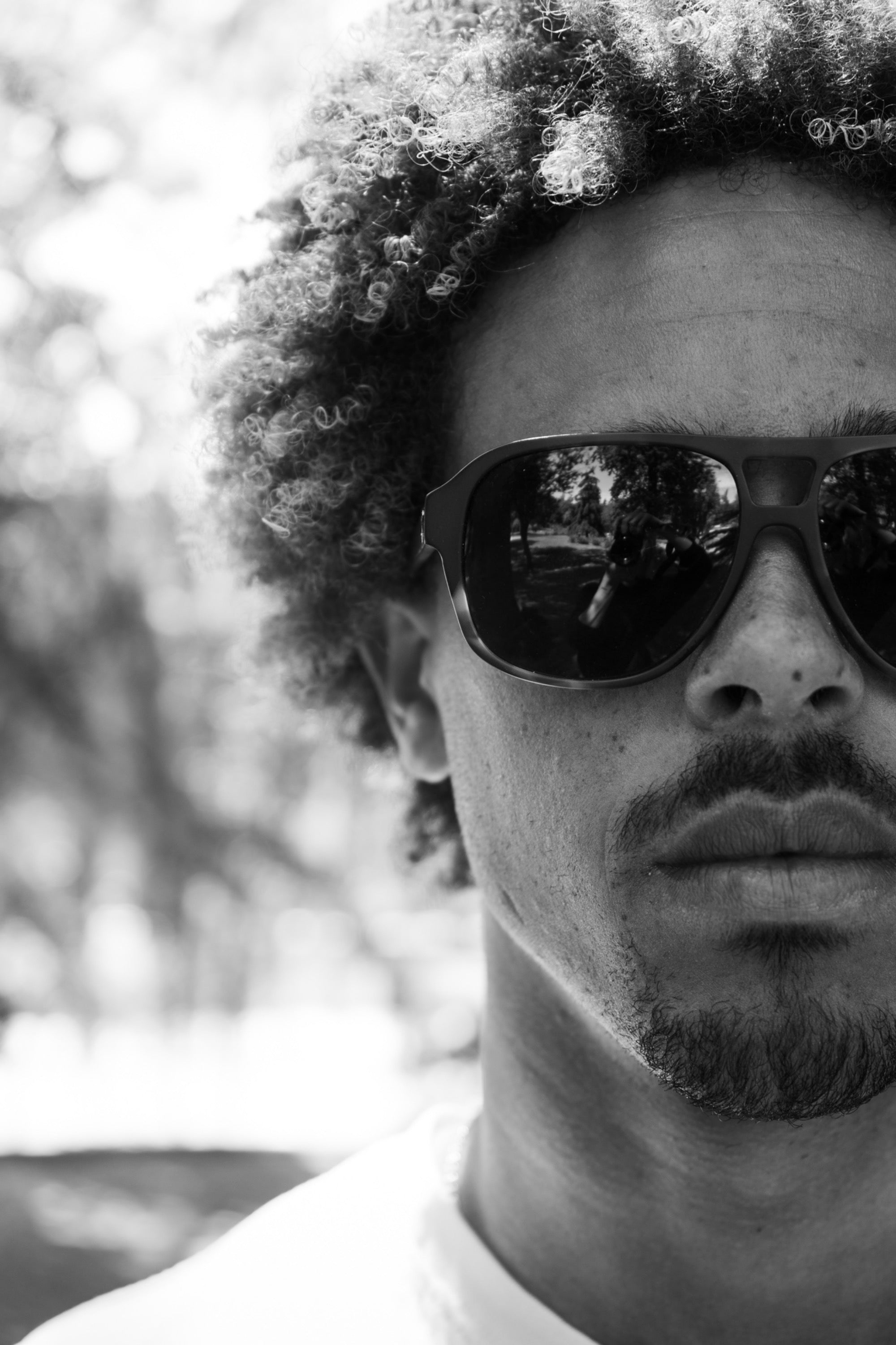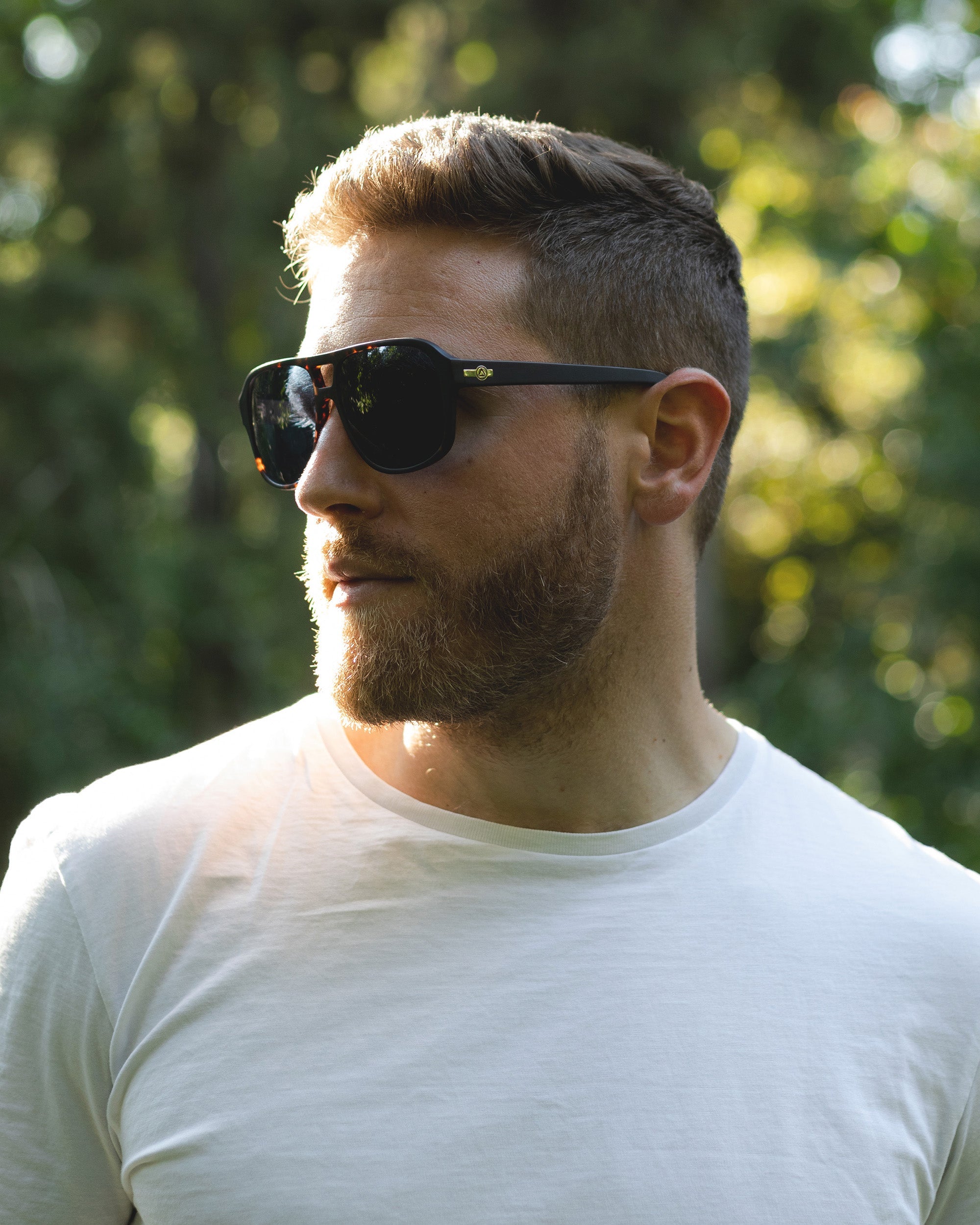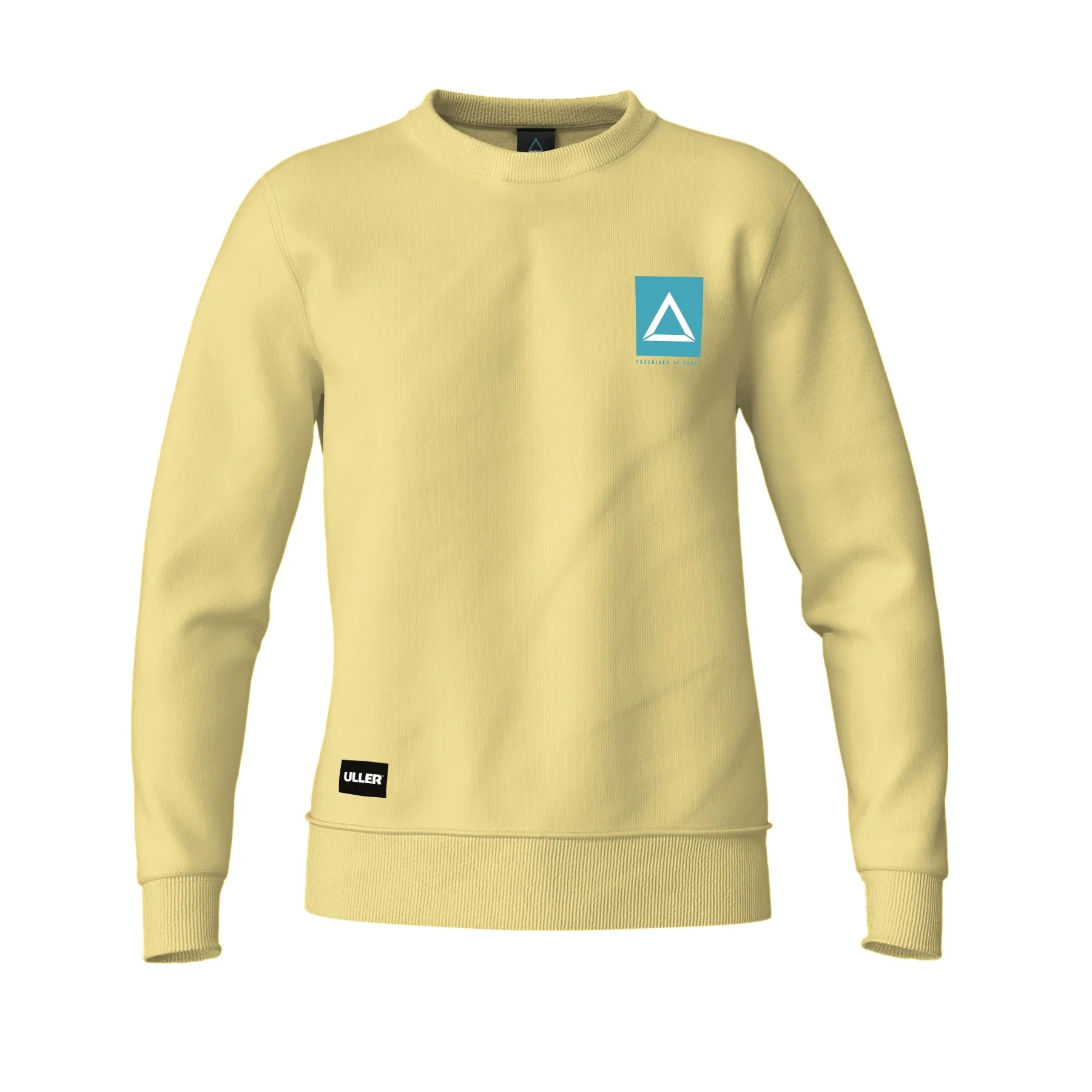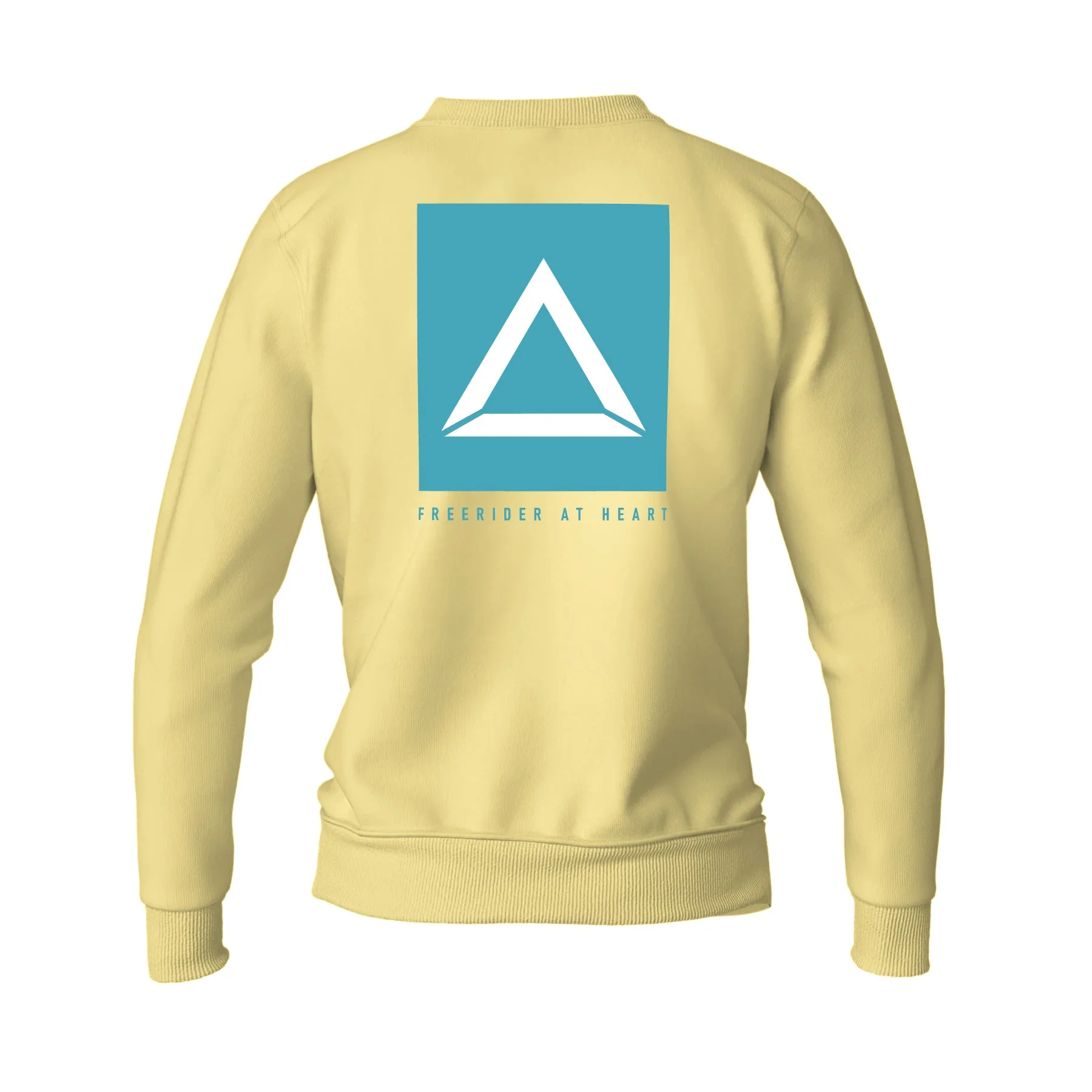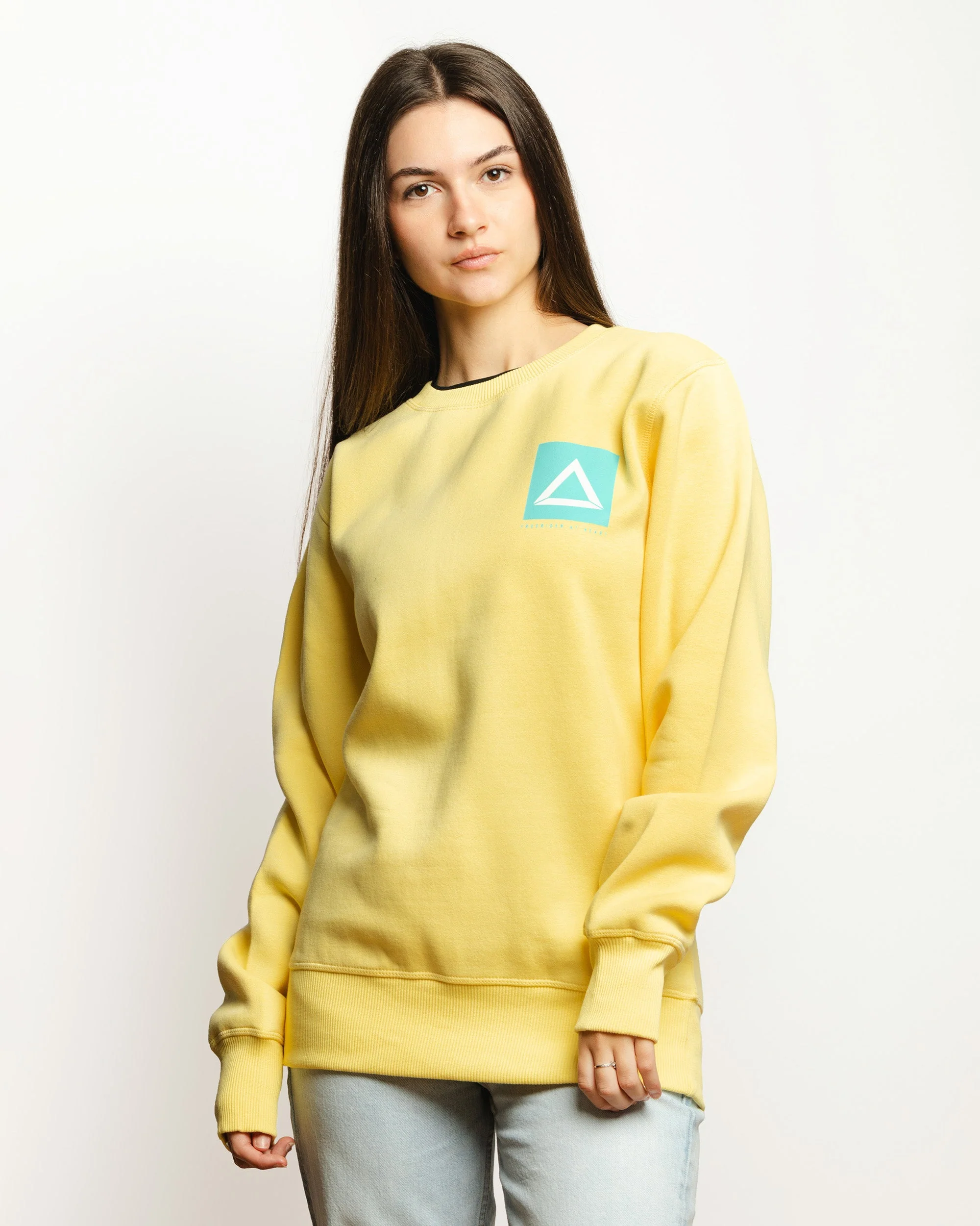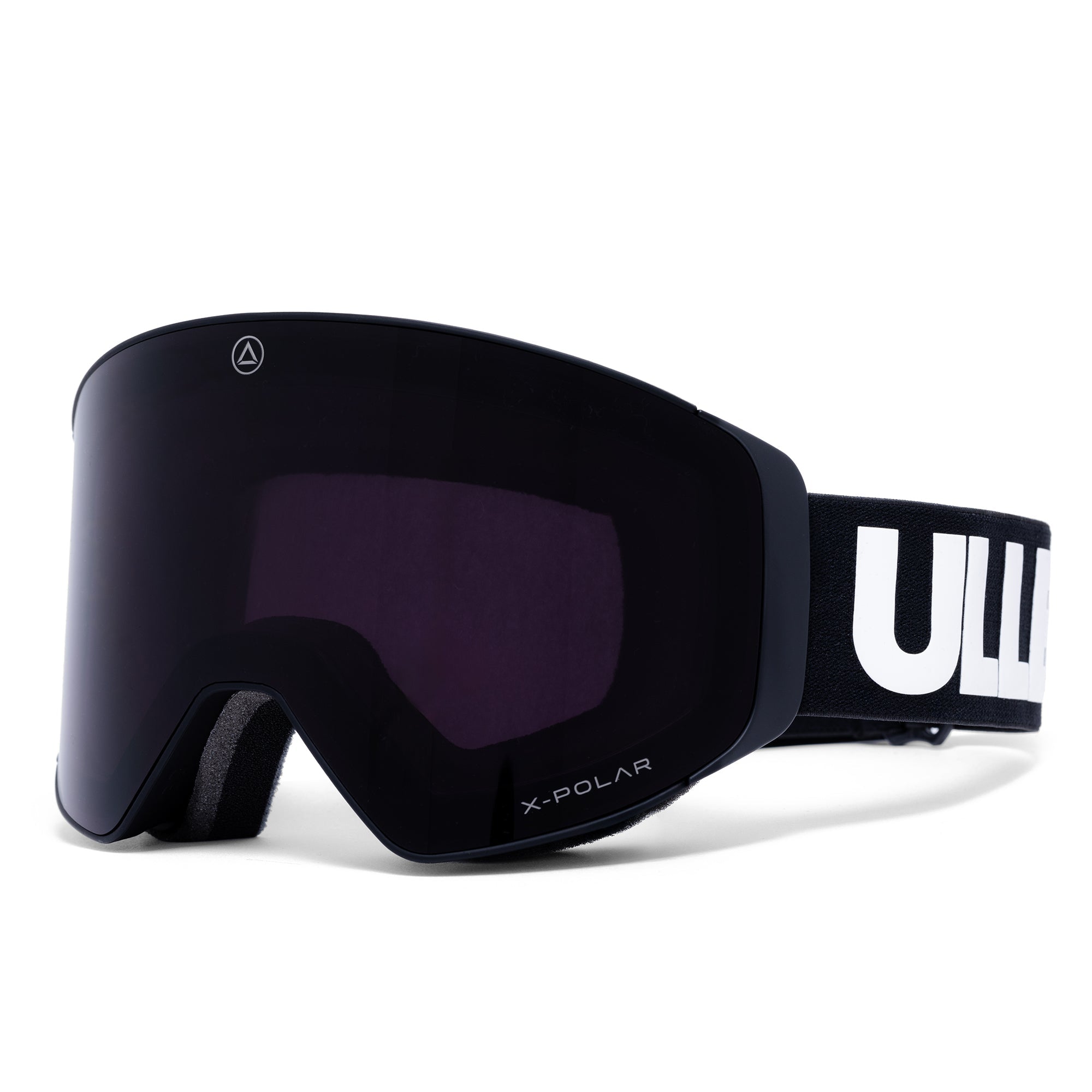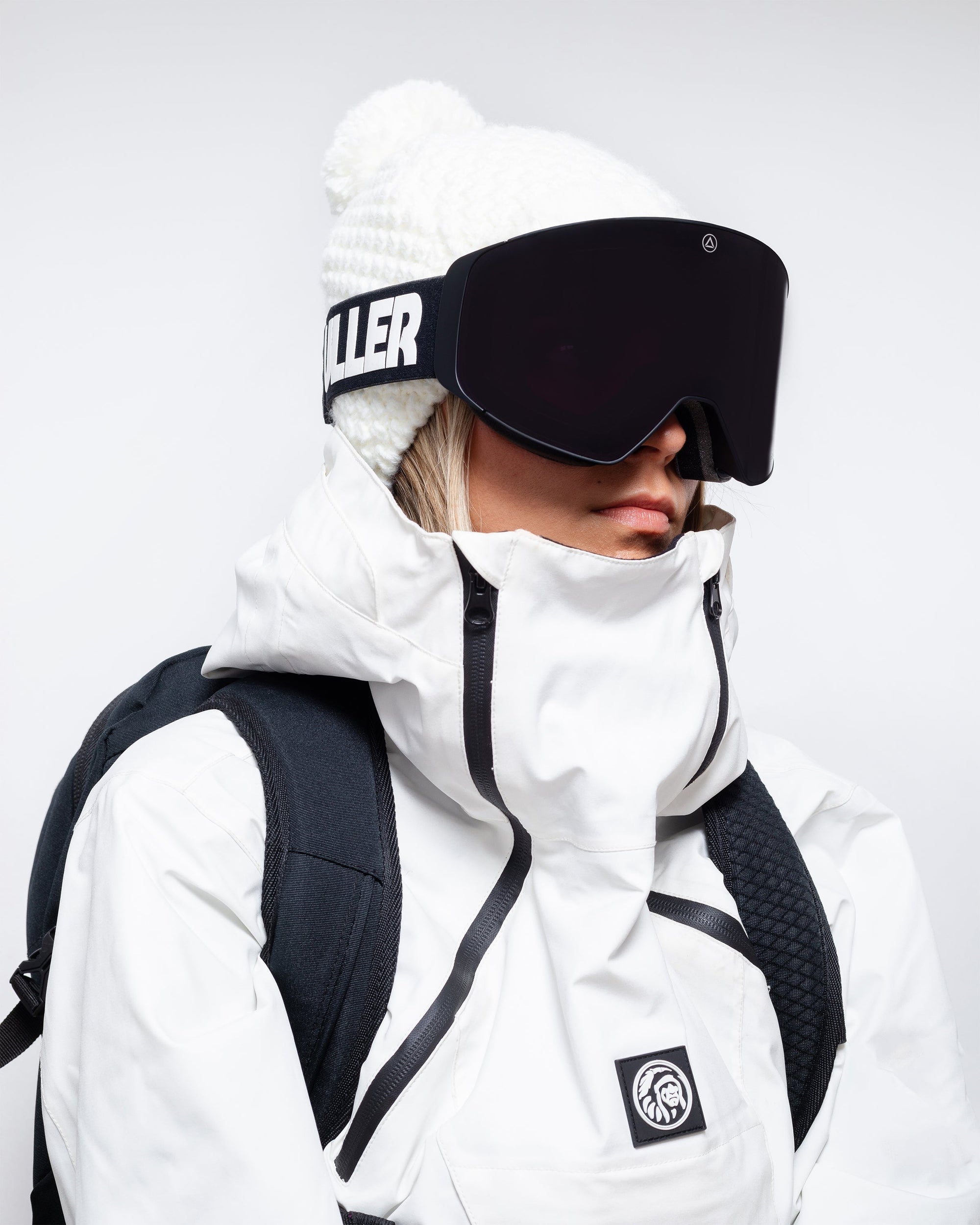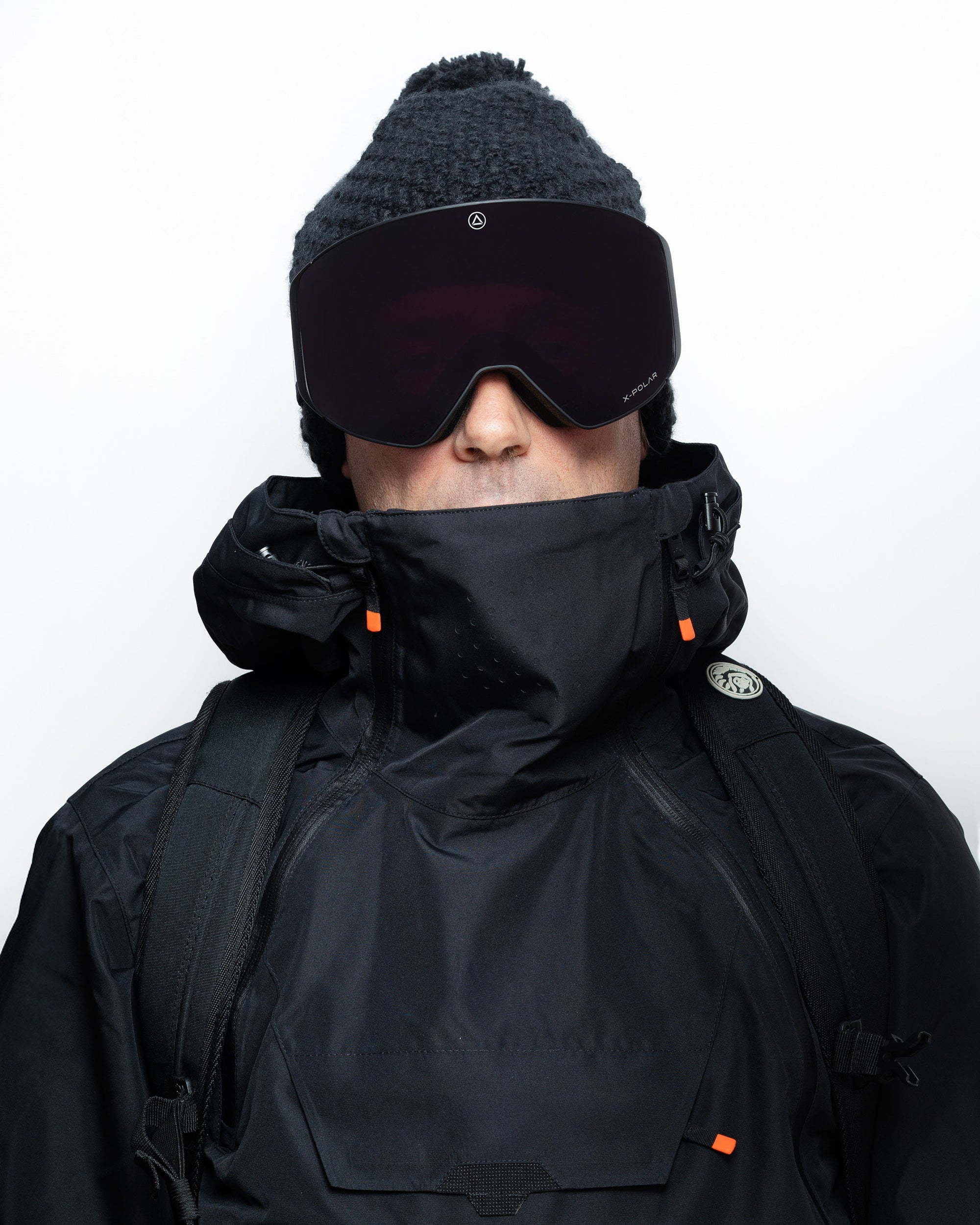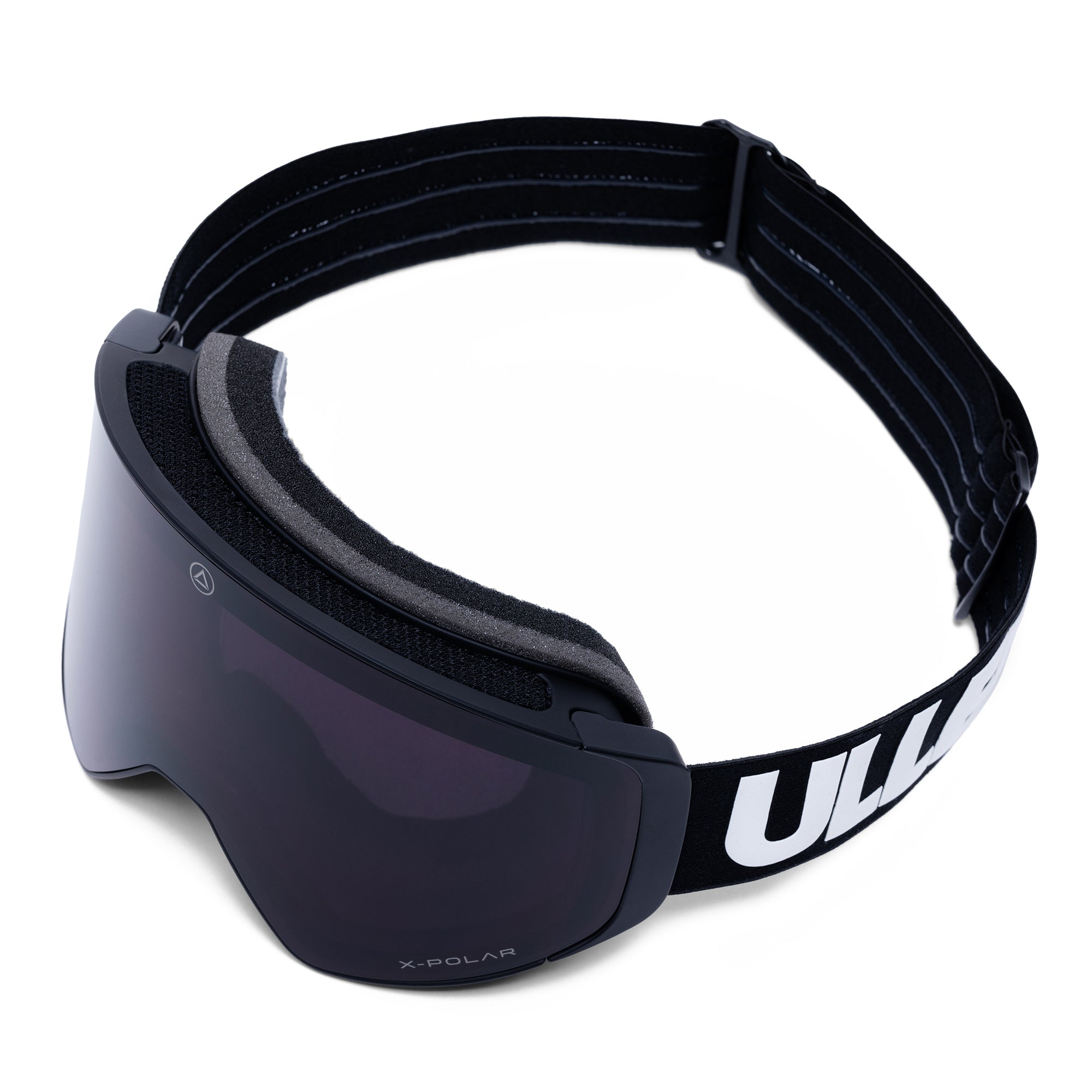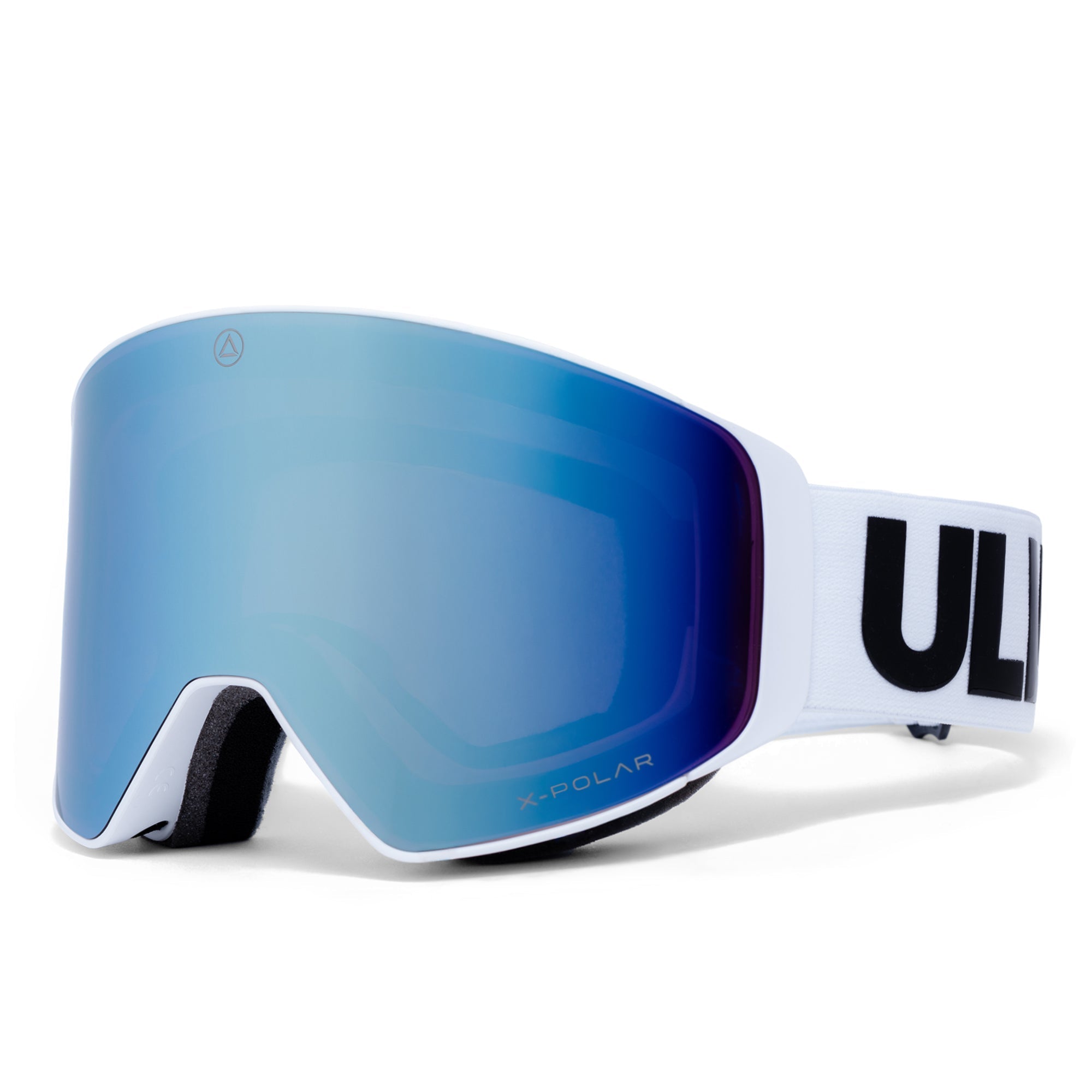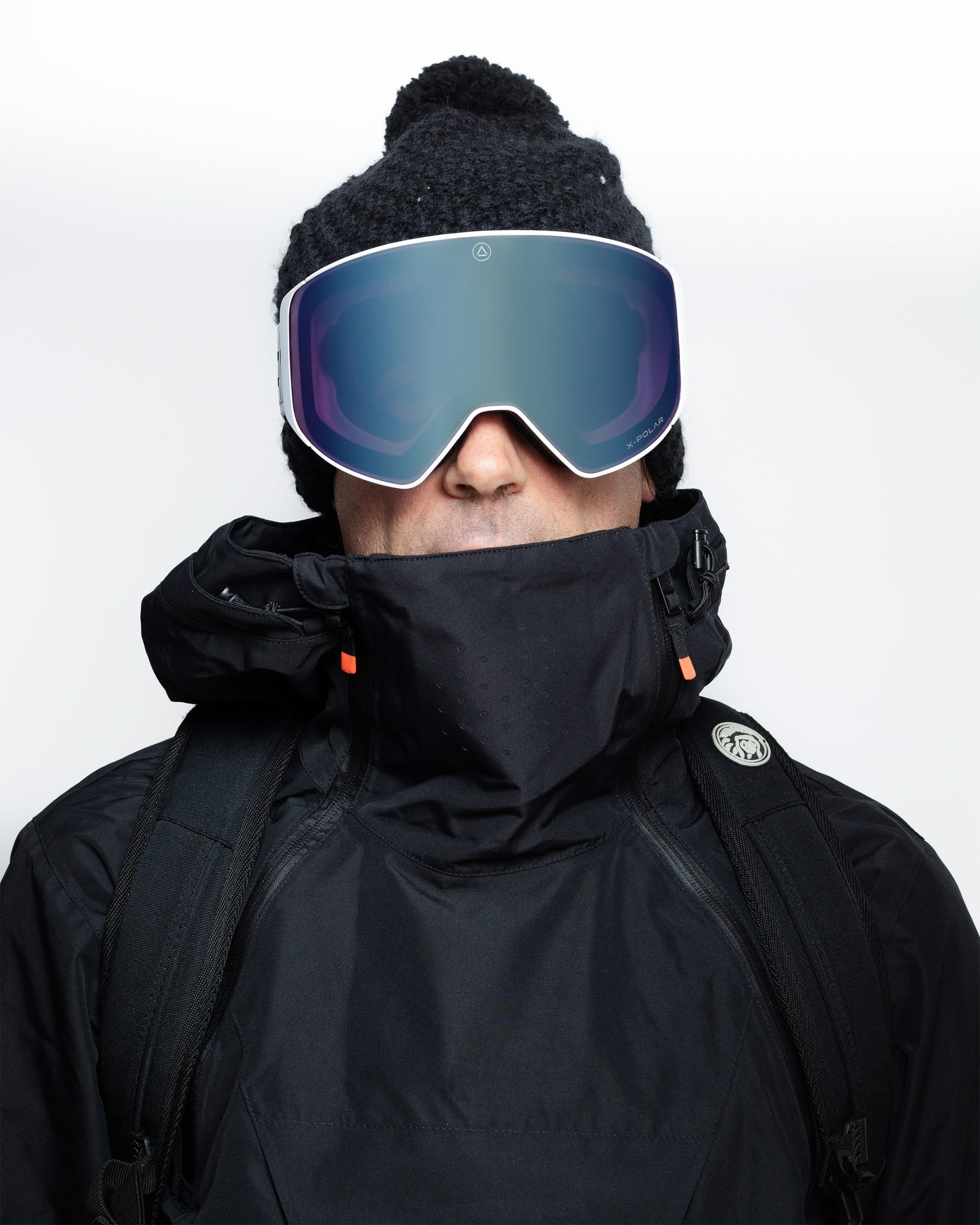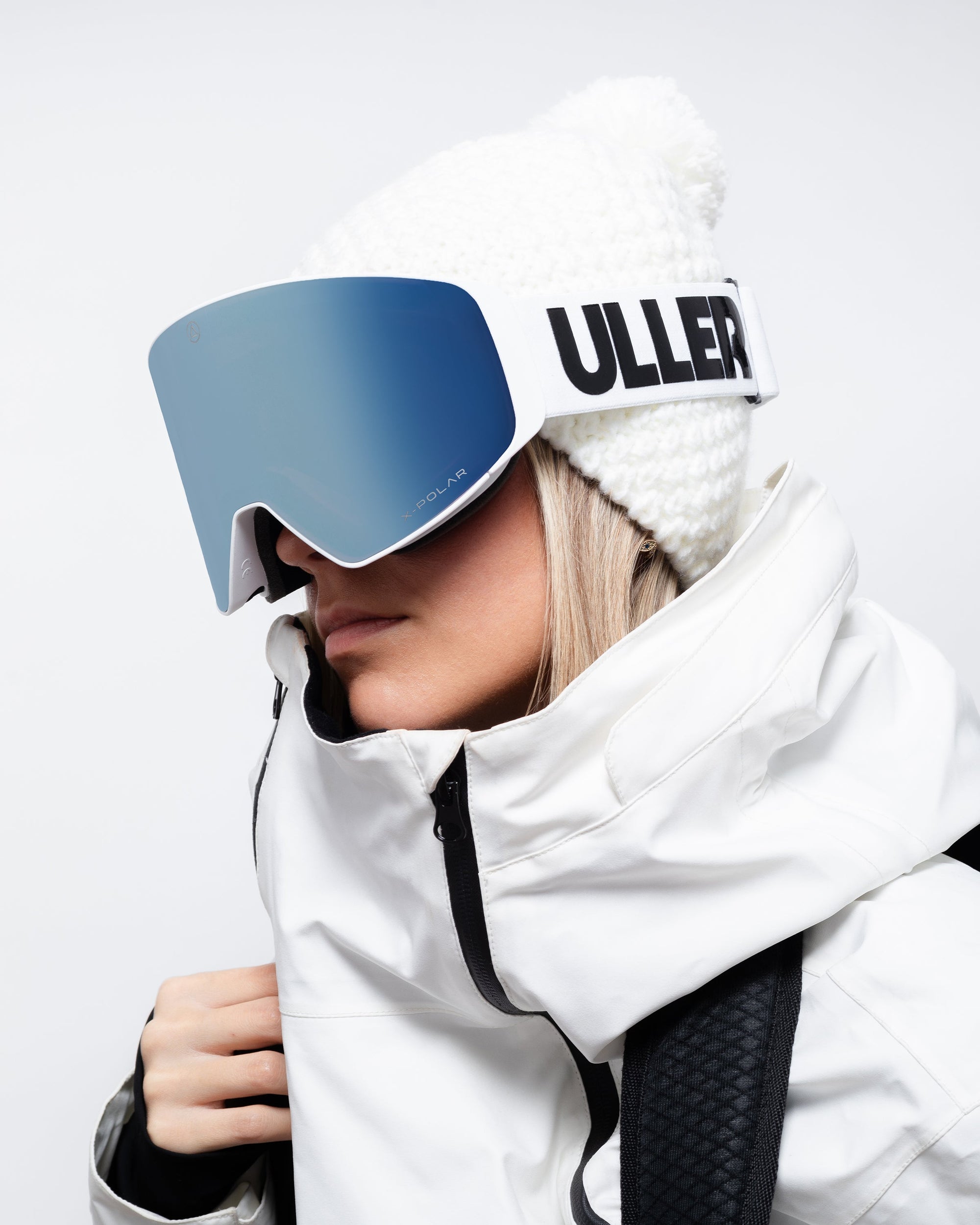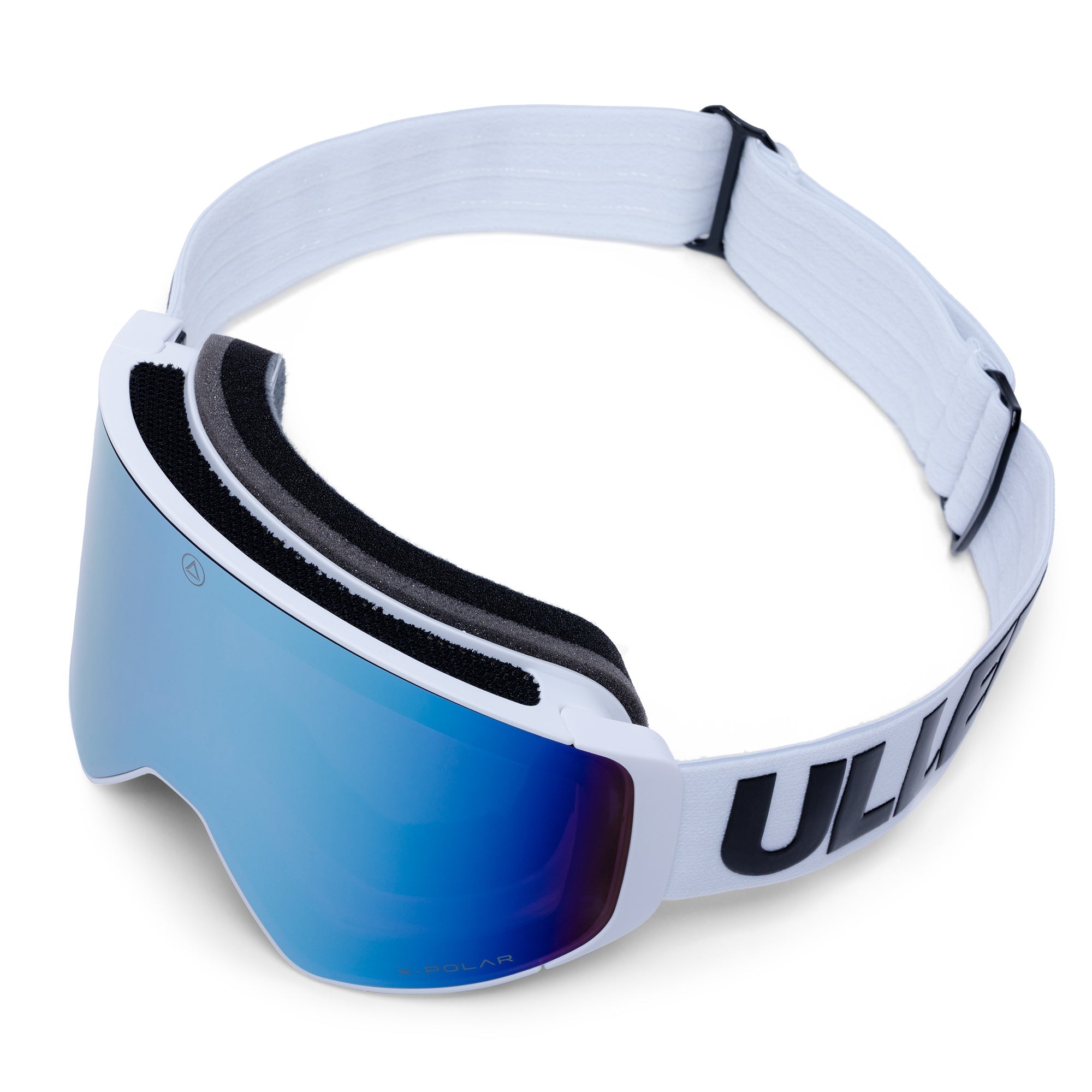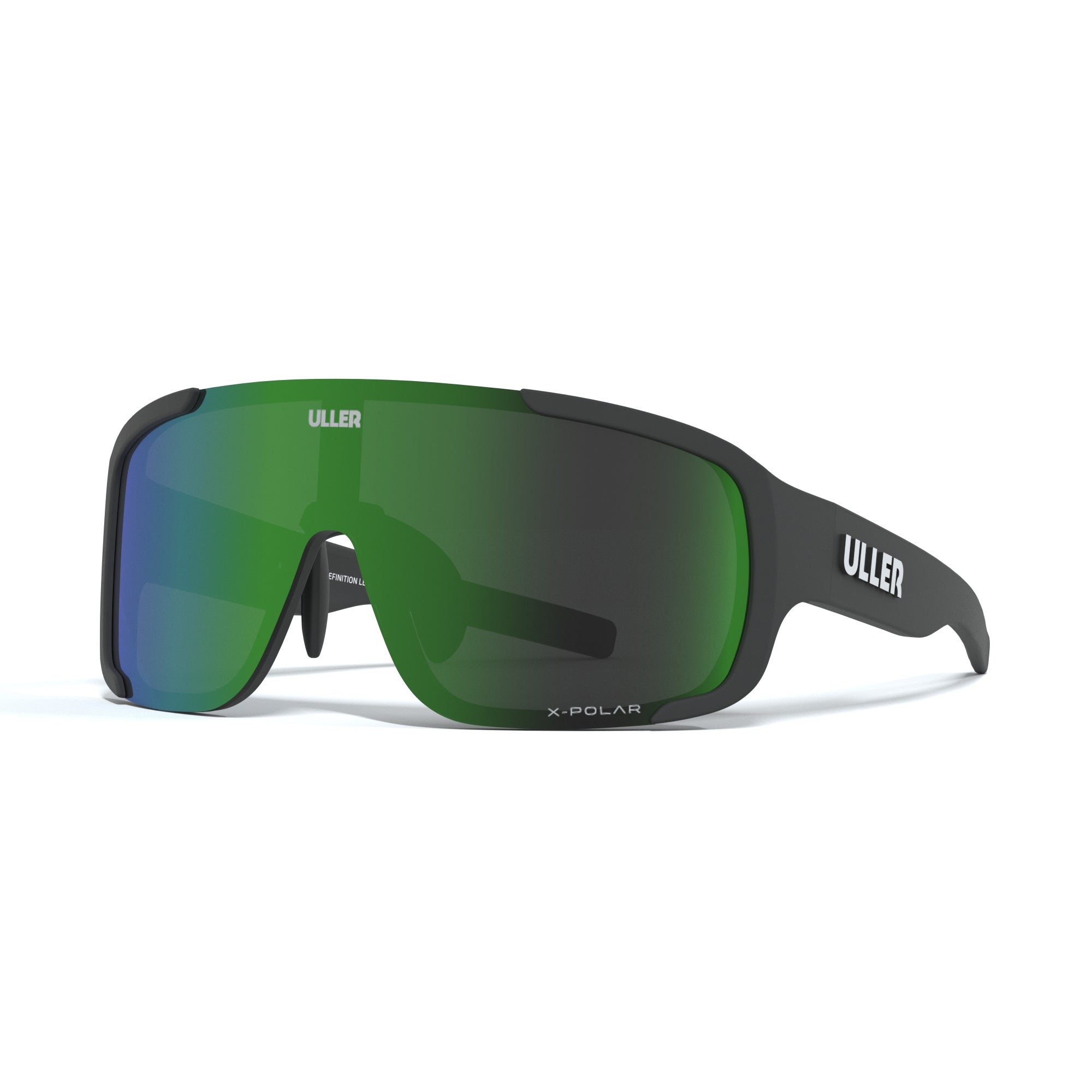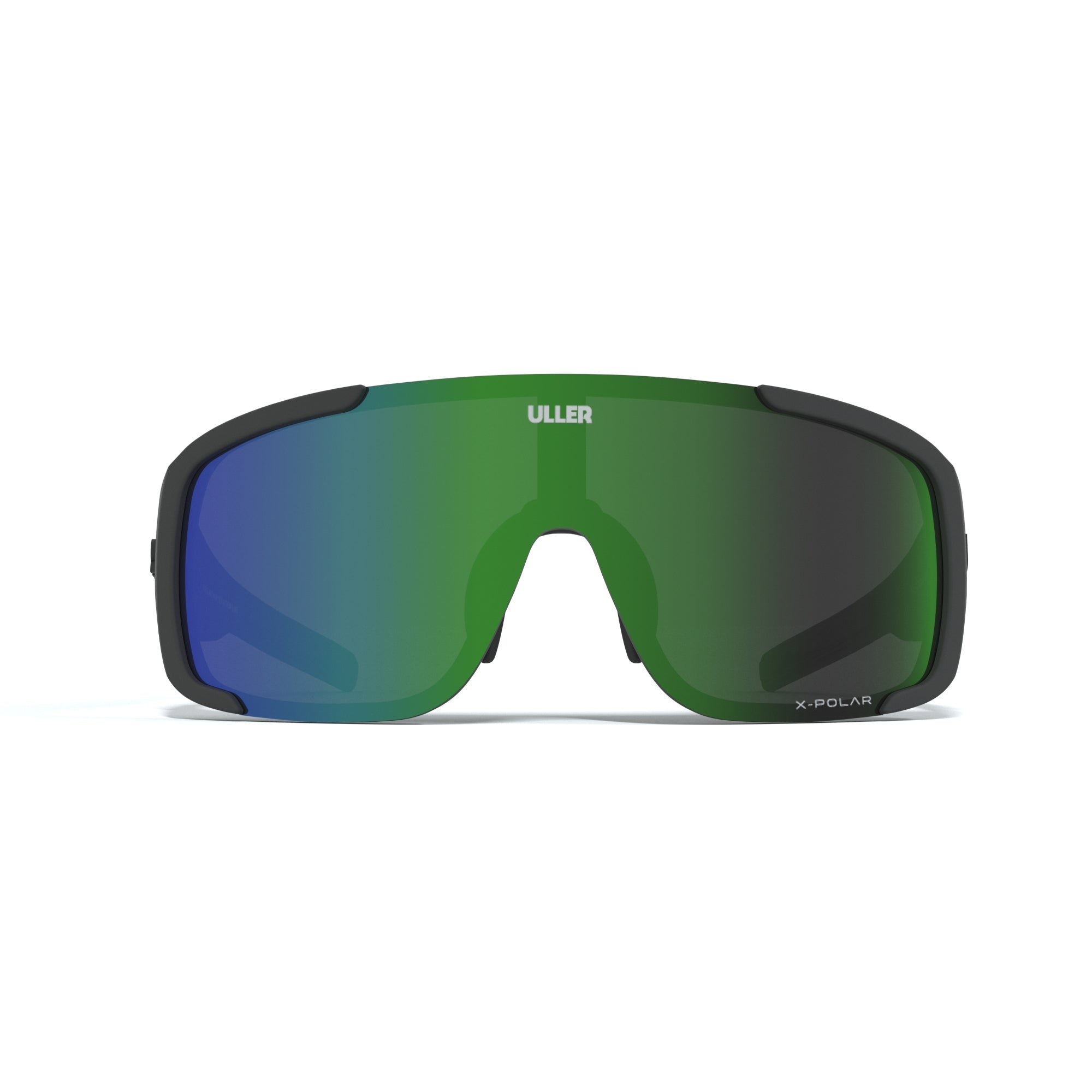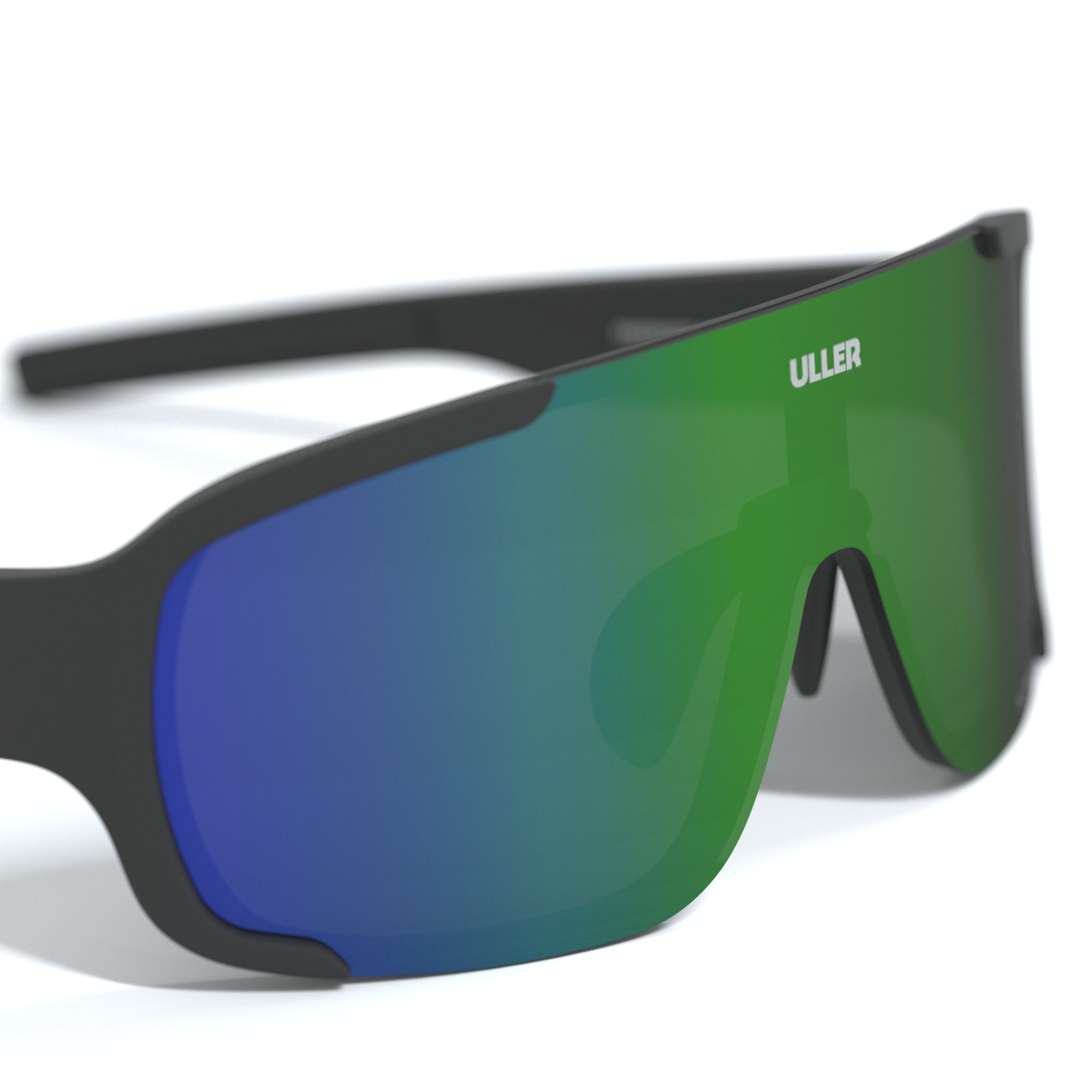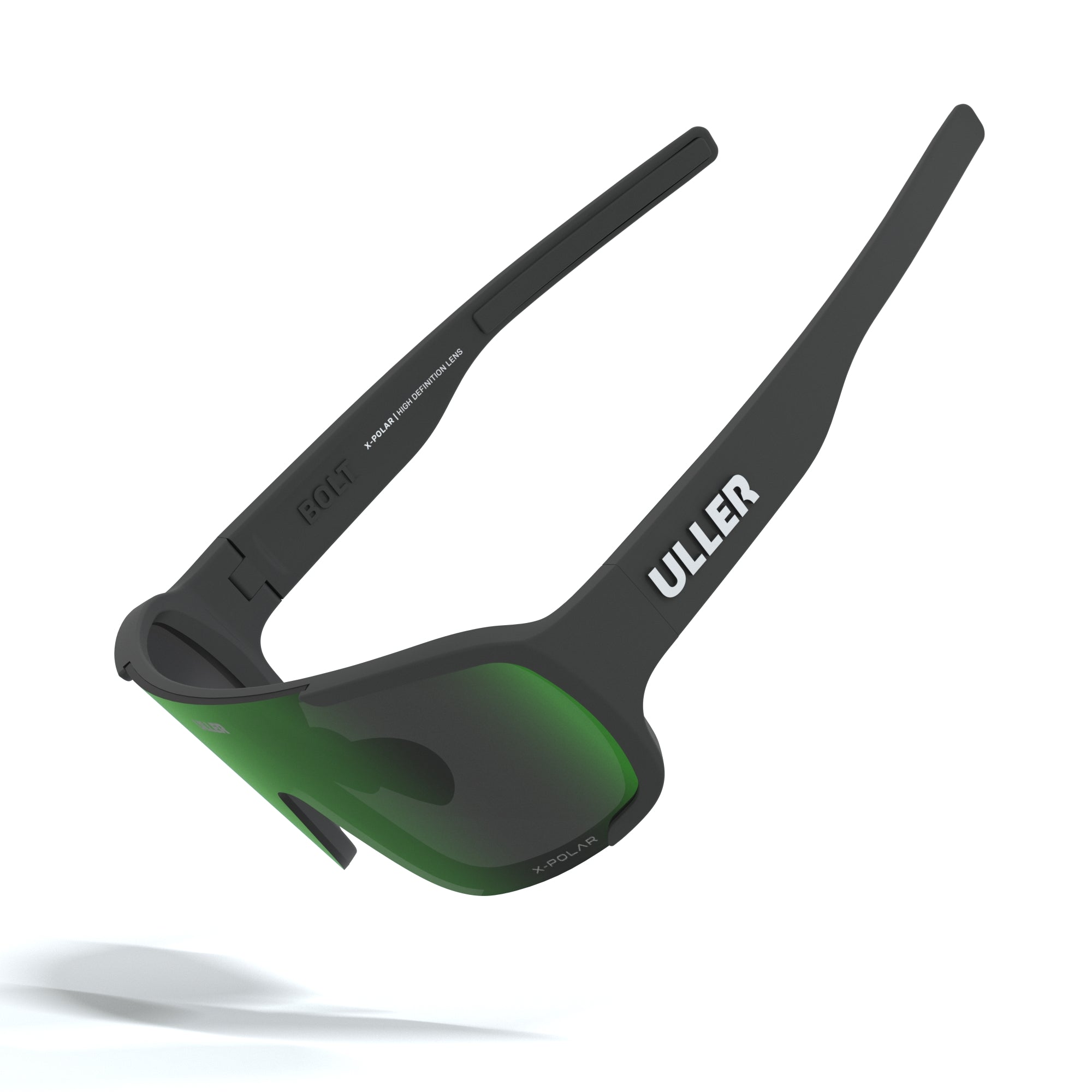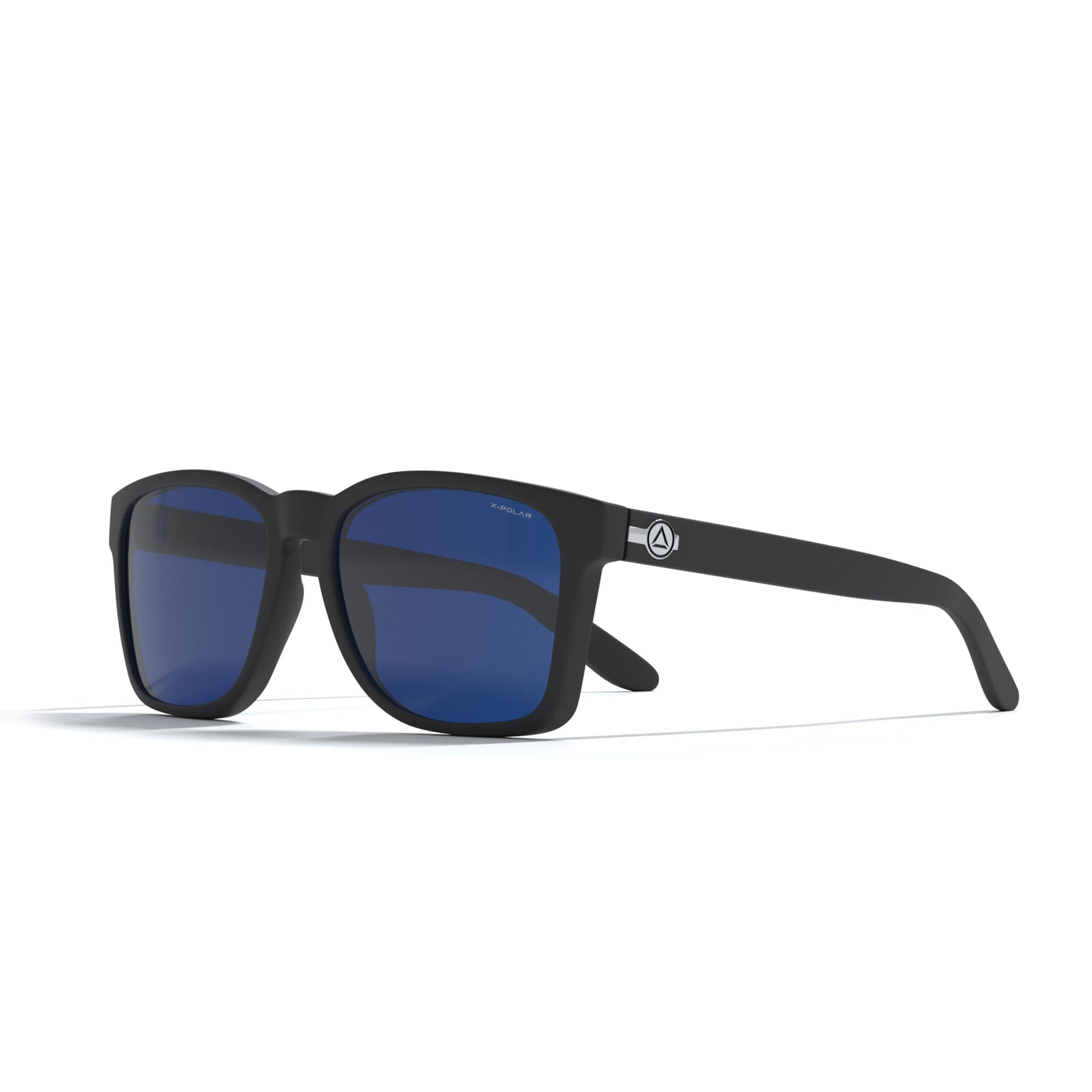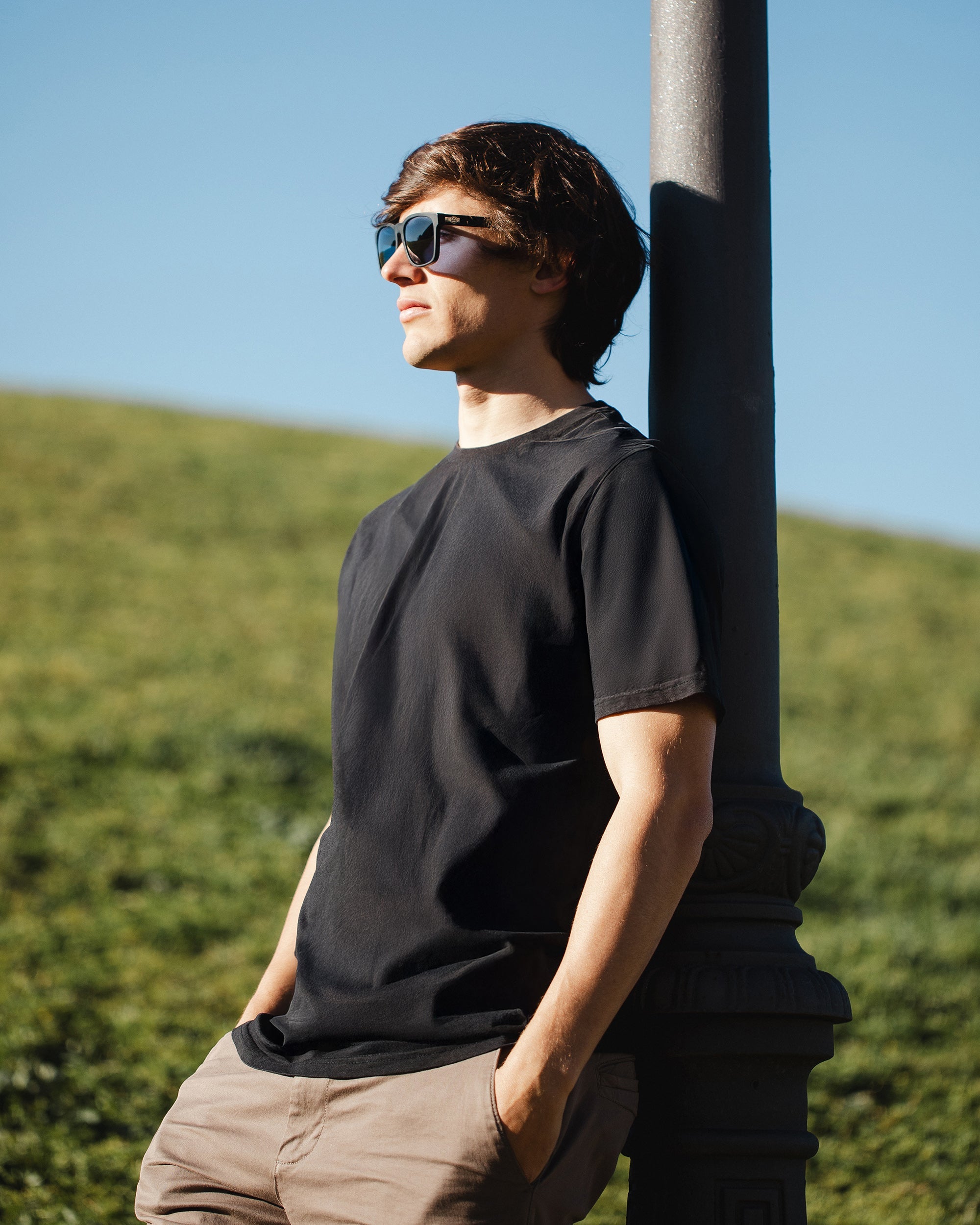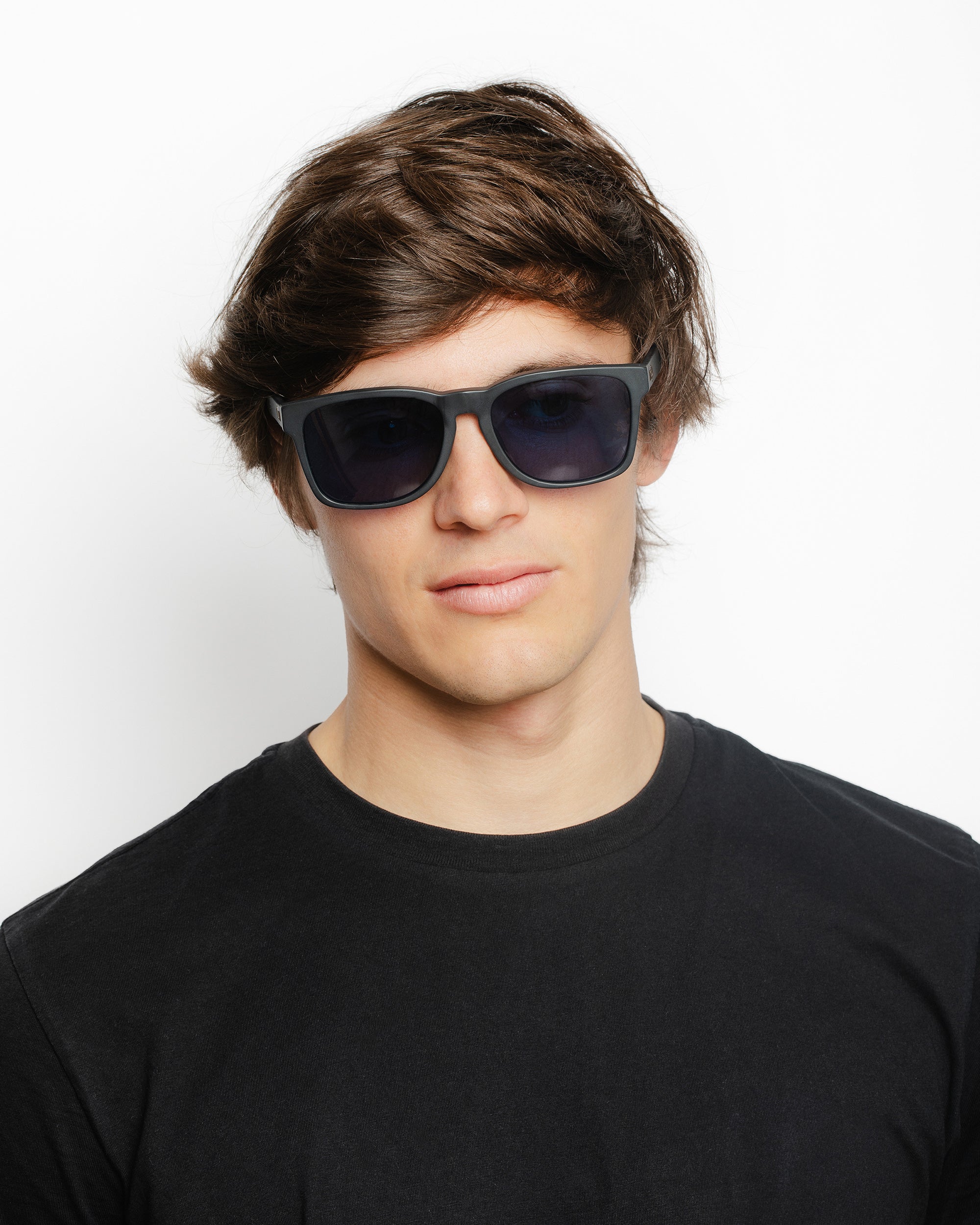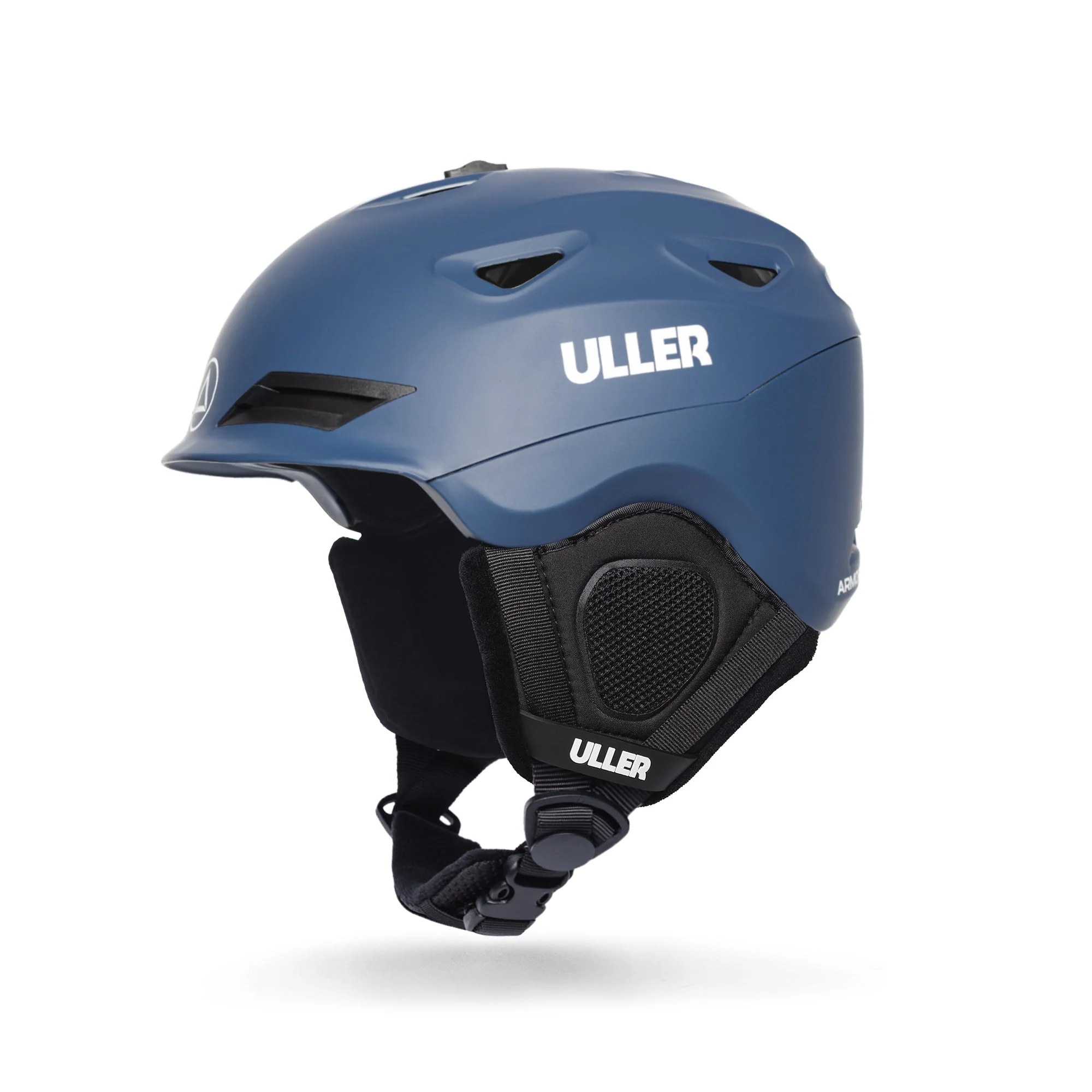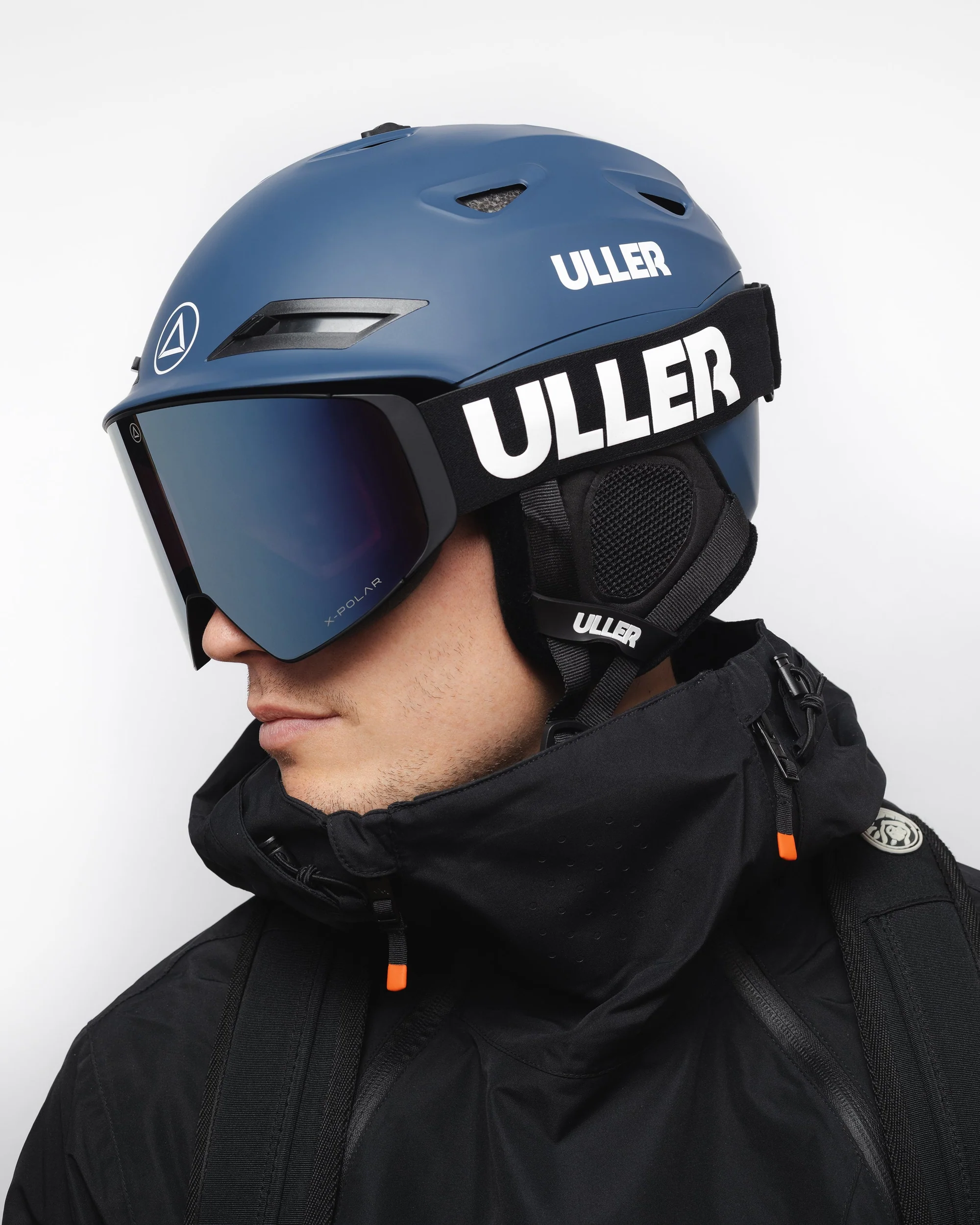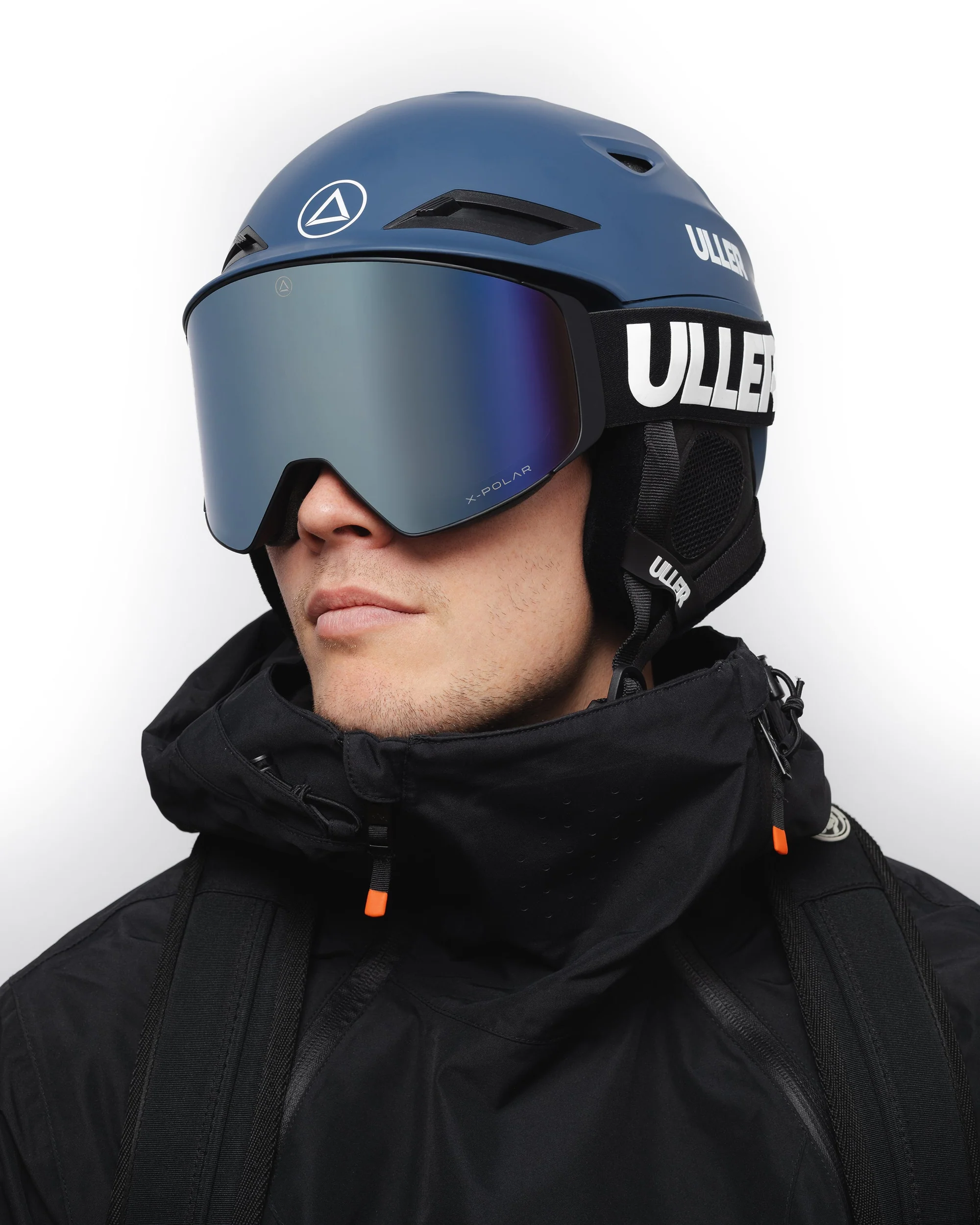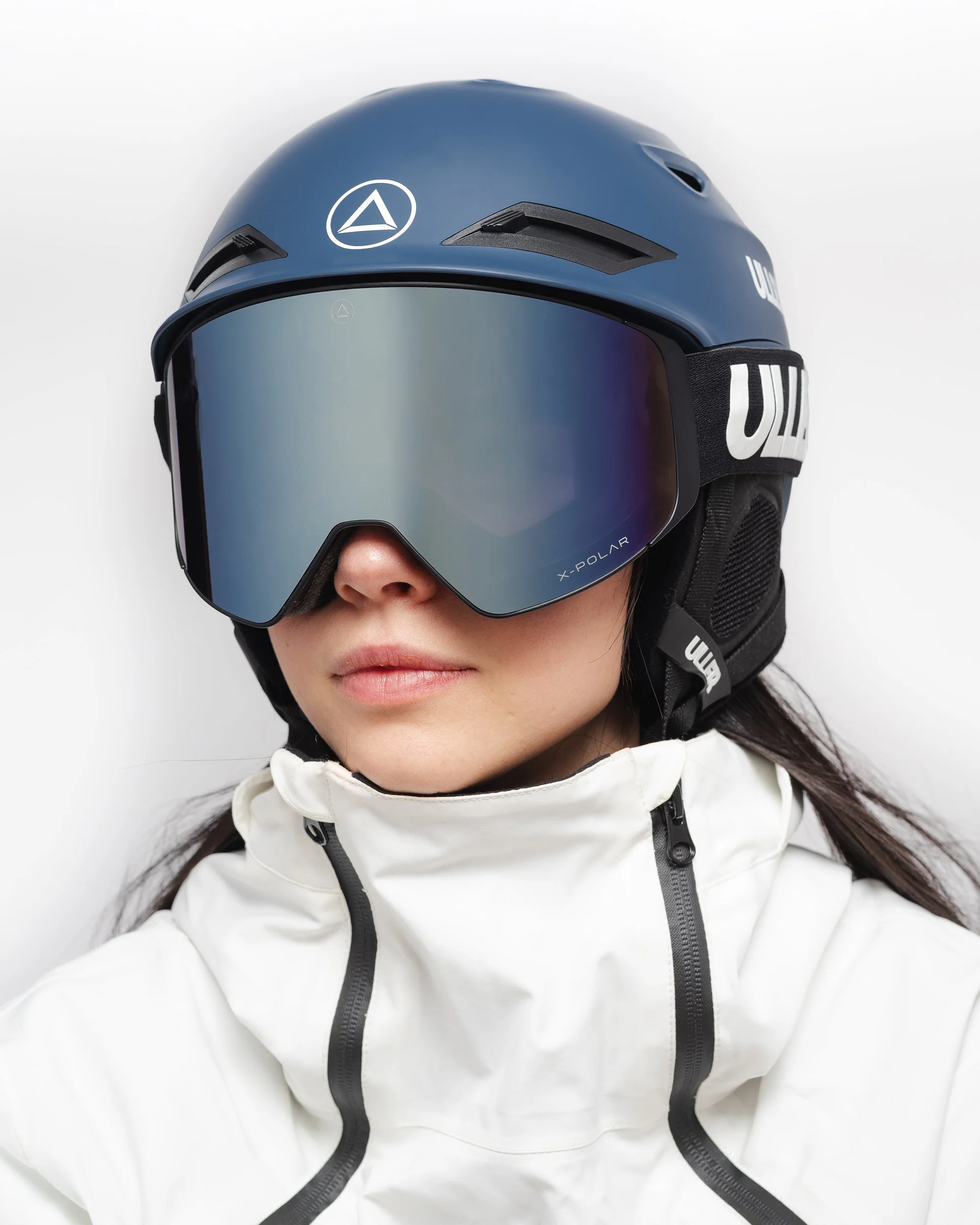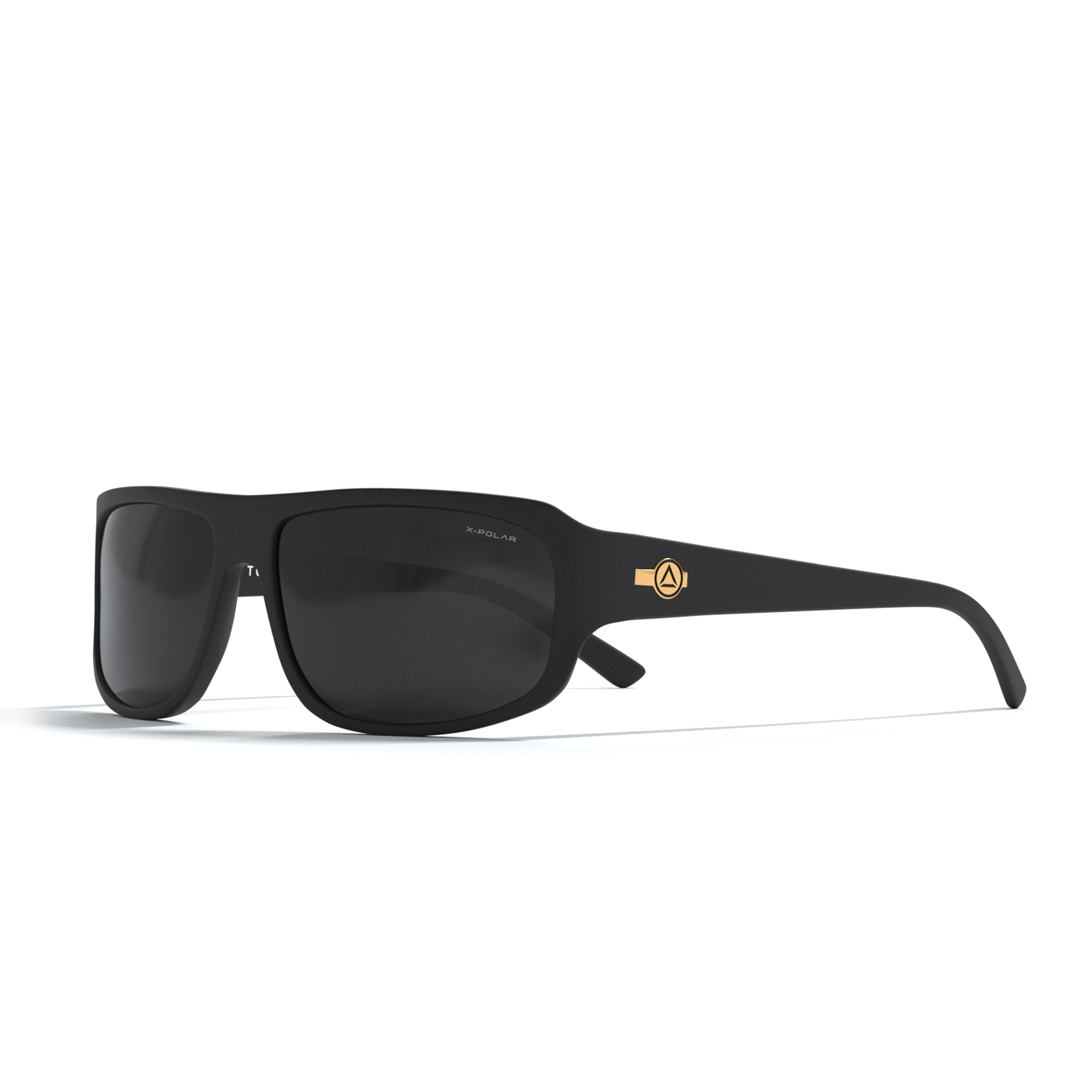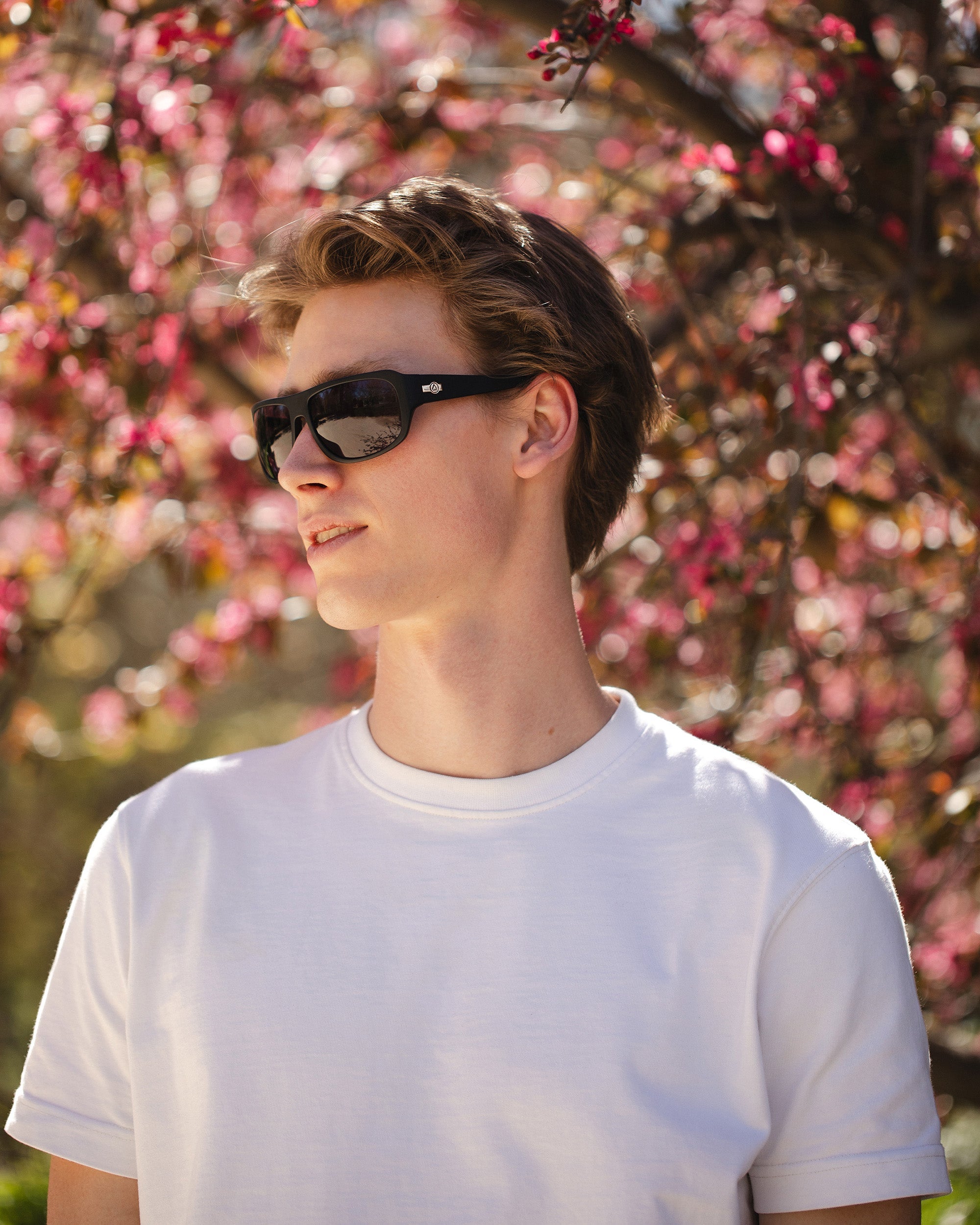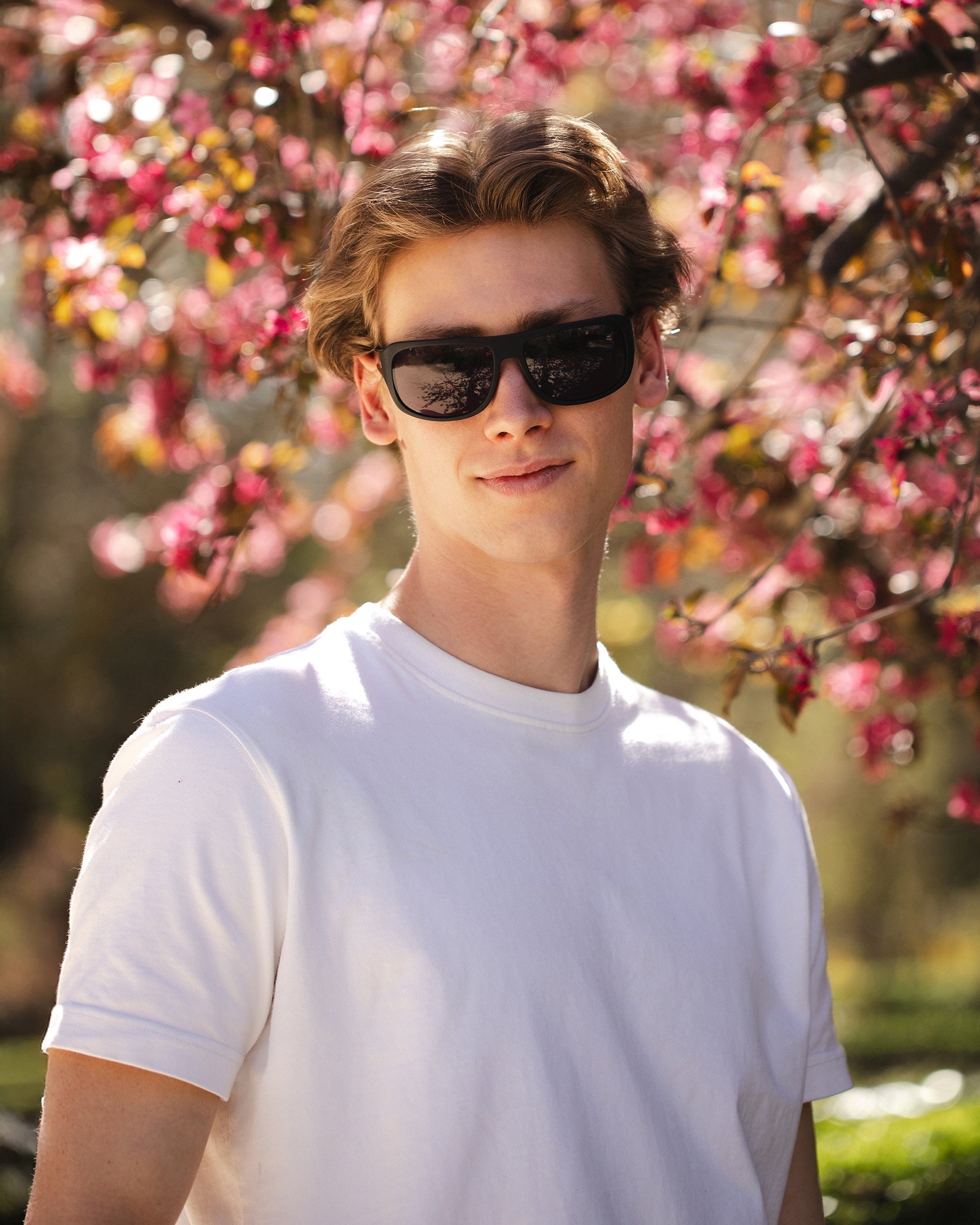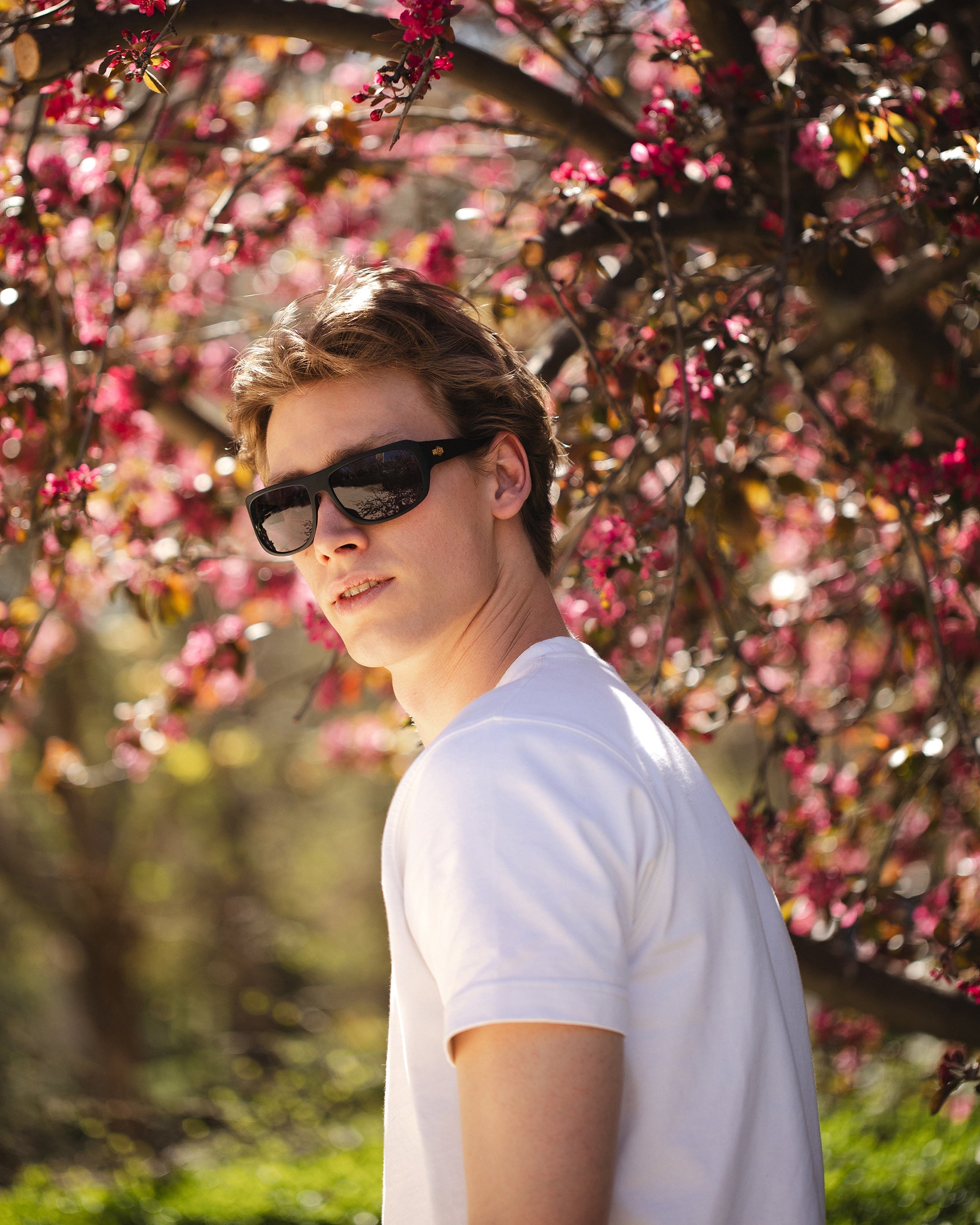More and more Olympic sports have been added to these competitions held every 4 years. Some like the luge or the bobsleigh can arouse the curiosity of any winter sports lover. In this article we have decided to talk about the skeleton, making special mention of Ander Mirambell the only Spaniard so far who has gone to some games to represent us in this category . But, have you ever heard of this sport?
WHAT IS THE SKELETON?
The skeleton is a winter sport that consists of sliding down a slope with a sled. The key to achieving a minimum time in this sport is the start which, the more explosive it is, the better the result will be. The direction of the sled is carried by you with your own weight, and depending on which way you direct it, it will move in one direction or another, doing the function that a steering wheel would do.
The modality is generally individual, but there are also mixed ones in which the teams are made up of one person of each sex. The regulations are simple: the competitions are held over two days, with two series each day, adding up the total time. In this way, the qualification is based on who has completed the route in the shortest possible time. Thus, the winner will be the fastest.

ORIGIN OF THE SKELETON
This sport, which is gaining fans over time, has its origins in 1882, when a group of Swiss soldiers built the first sled that connected the cities of Davos and Klosters. Of course, the route was not conditioned as it is now, nor was the sled of the appropriate material and conditions. So much so that the shape of the sled had the shape of human skeleton, hence the name of this sport. Isn't that amazing?

WHAT DO I NEED TO MAKE SKELETON?
Skeleton equipment is very simple, but it is essential that it be adequate and regulated due to the risk that not being well protected in this sport can entail. The helmet that is used is very specific since it has a special protection for the chin; after all, it will be the face that is going to get very close to the ground where the sled slides.
The suits suitable for skeleton are made of synthetic fiber, being as padded and aerodynamic as possible.
Next, we go to the most important part: the sled! A very important factor is the weight of the sled, since the pilot cannot exceed the weight in any case. For the male it will be around 43 kilos and 35 kilos for the female category. Its shape and model can vary depending on whether we want the maneuvers to be easier to do, in which case we will use a shorter model; or if we are interested in reaching the maximum speed that a longer one will suit us. The material with which it is made is steel, and it is important to note that the traction of this "vehicle" will depend solely on the athlete's body. That is to say: it has no brakes or steering mechanism, and its movement will be the result of the rocking of the body.
Finally, the type of footwear that is going to be used to practice this sport are studded soles to favor starting at the beginning.

HOW LONG HAS IT BEEN AN OLYMPIC SPORT?
This sport in the winter Olympics have been comings and goings. The skeleton lives its first moment in 1928 in St. Moritz but it will disappear until it returns to the games program in 1948. He will then go on a 54-year break in which he will not appear in any of the games. It is finally picked up again at the 2002 Salt Lake City Olympics and has continued to the present day.
As world-renowned athletes in this sport we have the United States champions Jim Shea and Tristan Gale. A new winner will appear at the Vancouver games, this time British: Amy Williams.

SKELETON IN SPAIN: A BRIEF HISTORY
Skeleton in our country bears the name of the Barcelonan Ander Mirambell, but for the female part we also have an international representative with María Montejano.

Ander's passion for this sport was thanks to a film called Chosen for Triumph. At first, Mirambell wanted to try Bobsleighing, but skeletons were much cheaper. Since then he began to send a weekly email with the programming of the sport. And that's how he became a true pioneer.

Mirambell was the first Spaniard to represent skeleton at the Olympic level in the Vancouver games in 2010, in Sochi in 2014 and in Pieonchang 2018. He obtained good positions in Canada with the 24th and in Russia with the 26th position.
His best result of his was in the America's Cup because he won five of the six races in which he competed.
His top speed of him was reached in Saint Moritz with 140 km / h. when he became the first skeleton champion of Spain in history.

Almost 39 years old and despite the fact that the average retirement age in this sport is between 34-36 years, Mirambell wants to continue training and competing. Retirement is not yet in his head because for him the sensation of throwing himself with his sled is something indescribable that he does not intend to give up.
Currently Spain does not have tracks to practice skeleton since the investment is very expensive and they do not pay off. Given this, Mirambell replies that they should go to Norway to see the product. The tracks in Lake Placid or St. Moritz are open to the public who are what make them profitable. Let's hope that in the future the skeleton will have its own space in Spain.

QUESTIONS AND ANSWERS
- WHAT IS THE SKELTON?
Skeleton is a winter sport that consists of sliding with your sled to cover a territory in the shortest possible time.
- HOW IS THE SKELETON DIFFERENT FROM THE LUGE AND THE BOBSLEIGH?
The difference between the skeleton, the luge and the bobsleight is that in the skeleton you start standing up to pick up speed and then you lie face down, in the luge the athletes launch themselves onto the track lying upwards and in bobsleigh they use a high sled that is driven with ropes that are carried inside.
- IS THE SKELETON RISKY?
The skeleton has its risks, in fact, it was canceled from the games for so long because you pick up so much speed that it makes you have poor sled handling and poor visibility. However, new materials have progressively improved and safety has now increased.
- WHICH COUNTRIES IN THE WORLD HAVE SKELETON TRACKS?
The countries where you can practice skeleton are mainly Germany, Switzerland, Great Britain, the United States and Canada.







